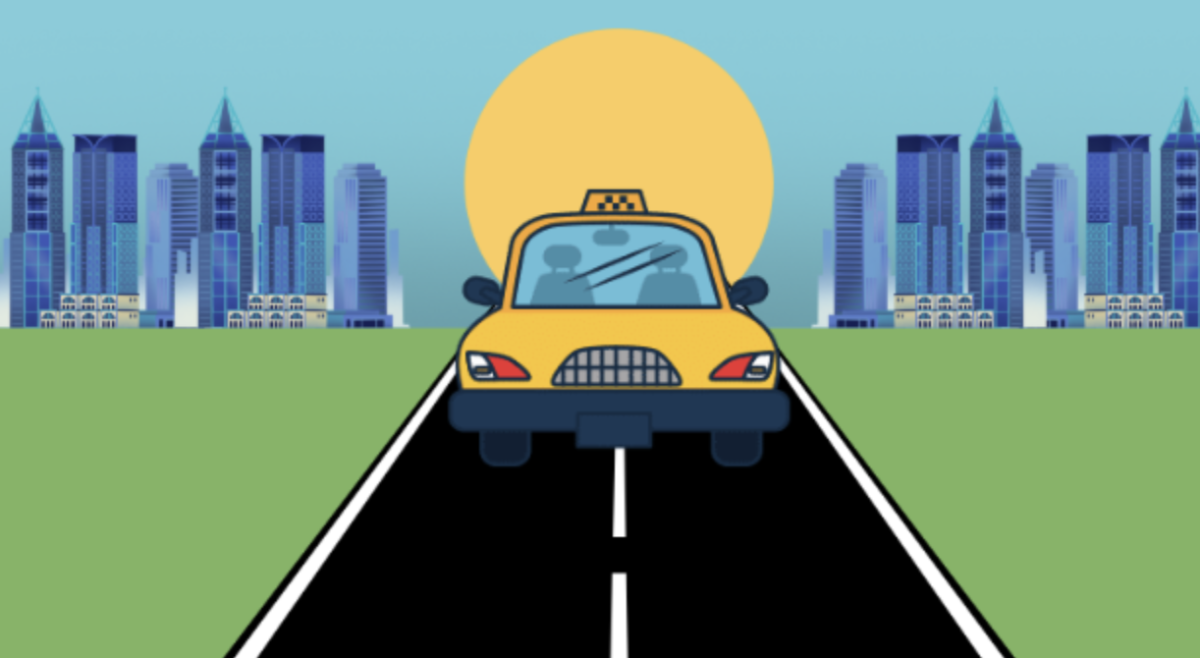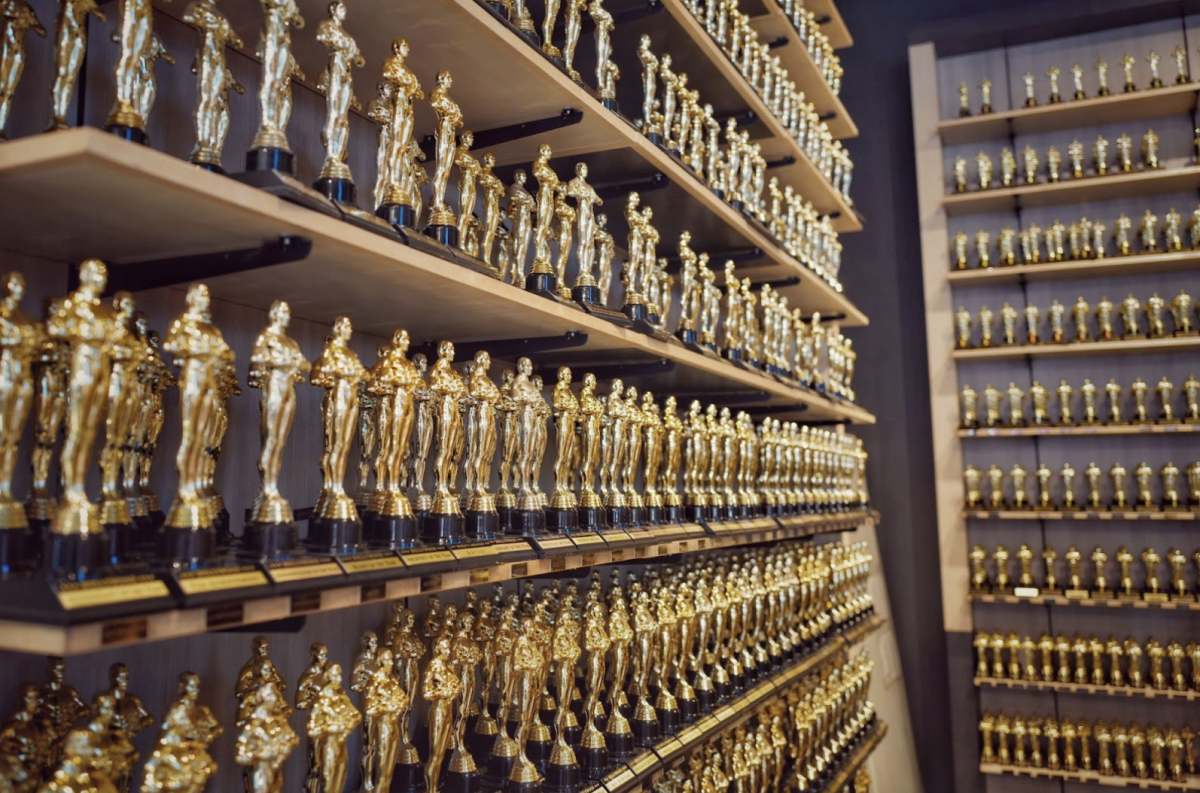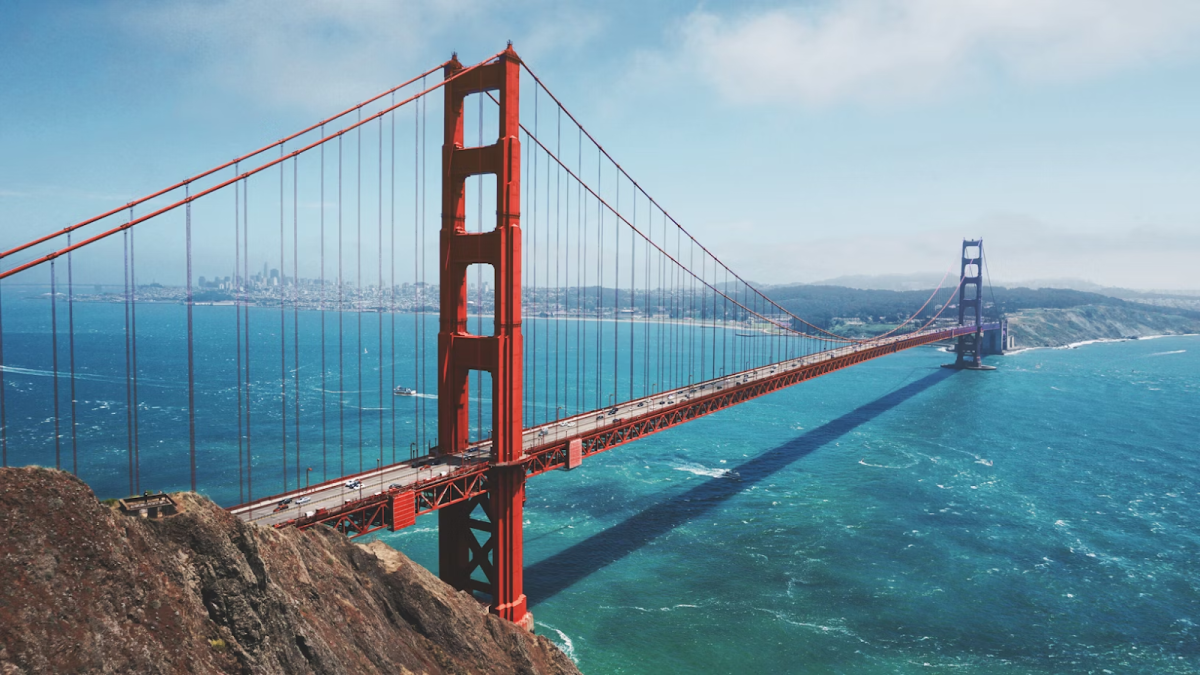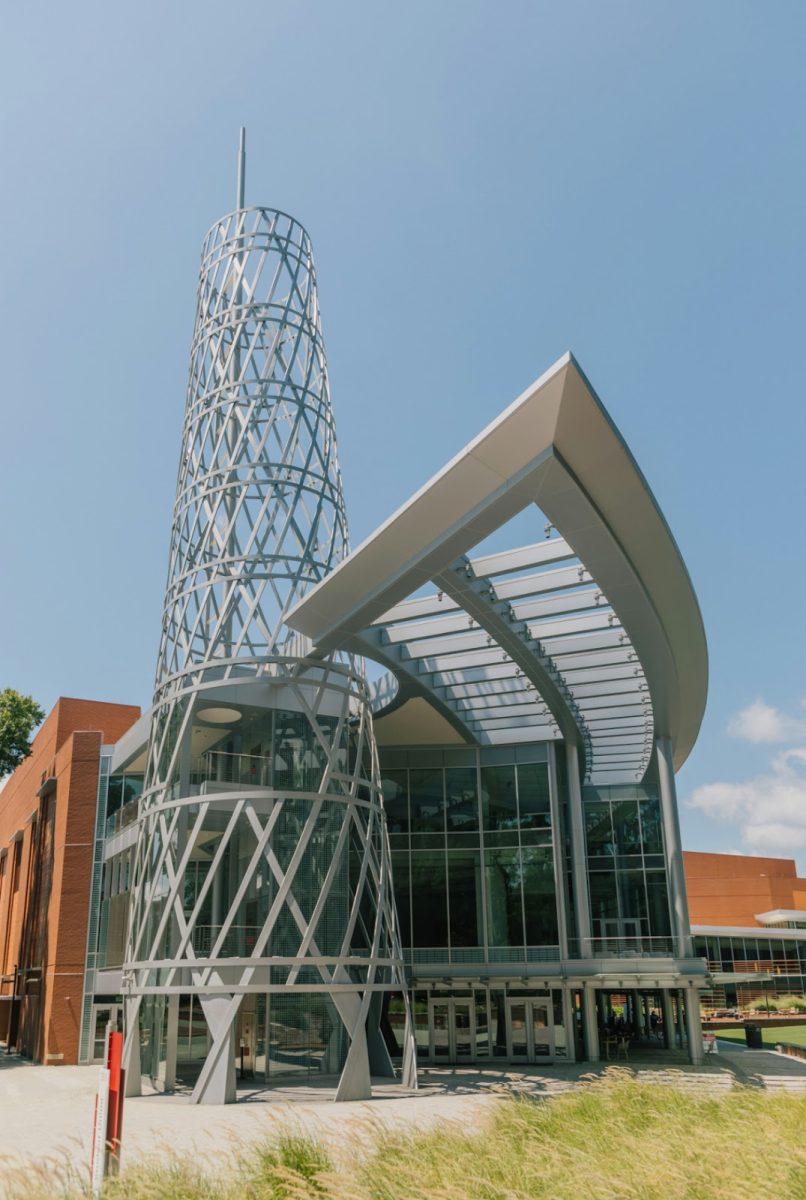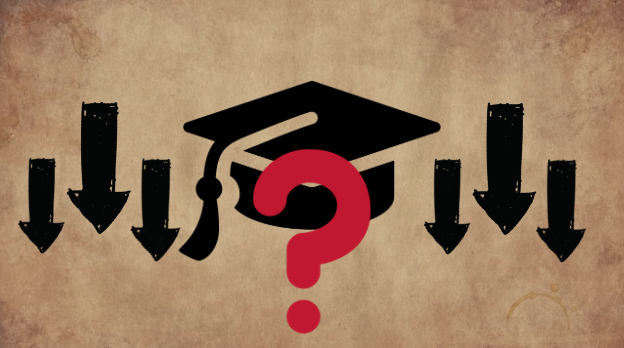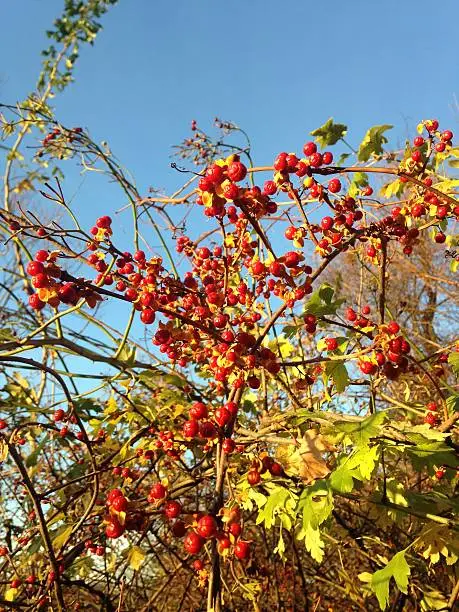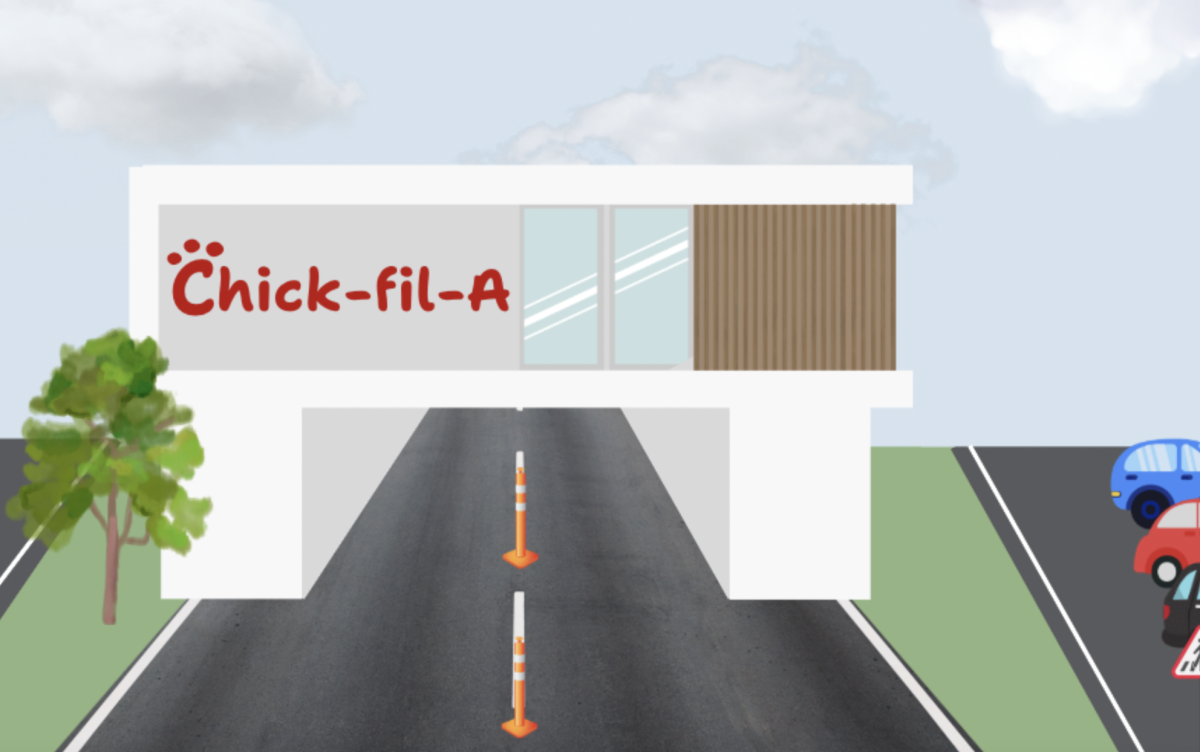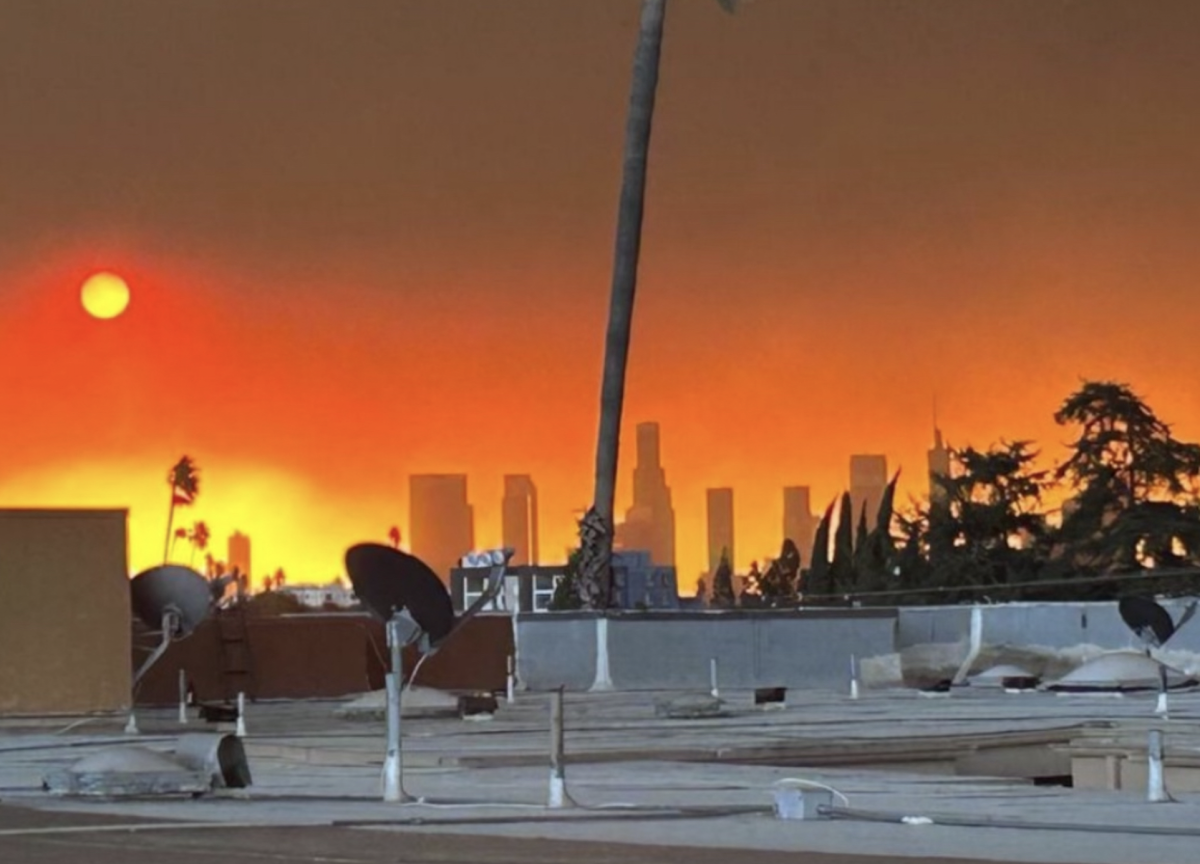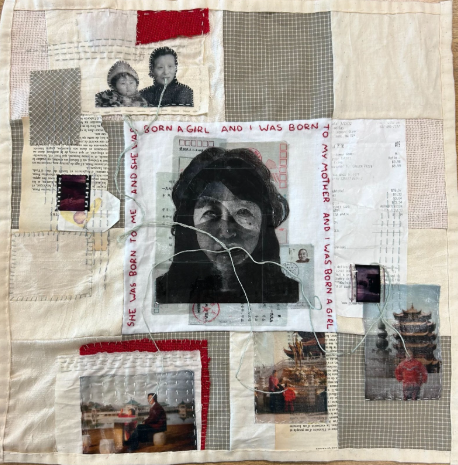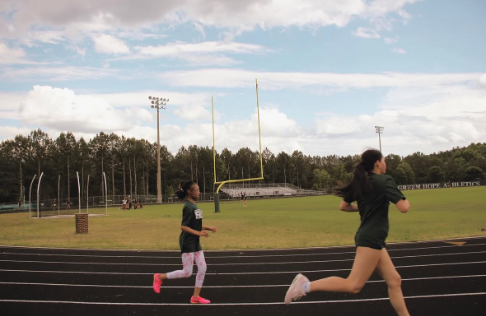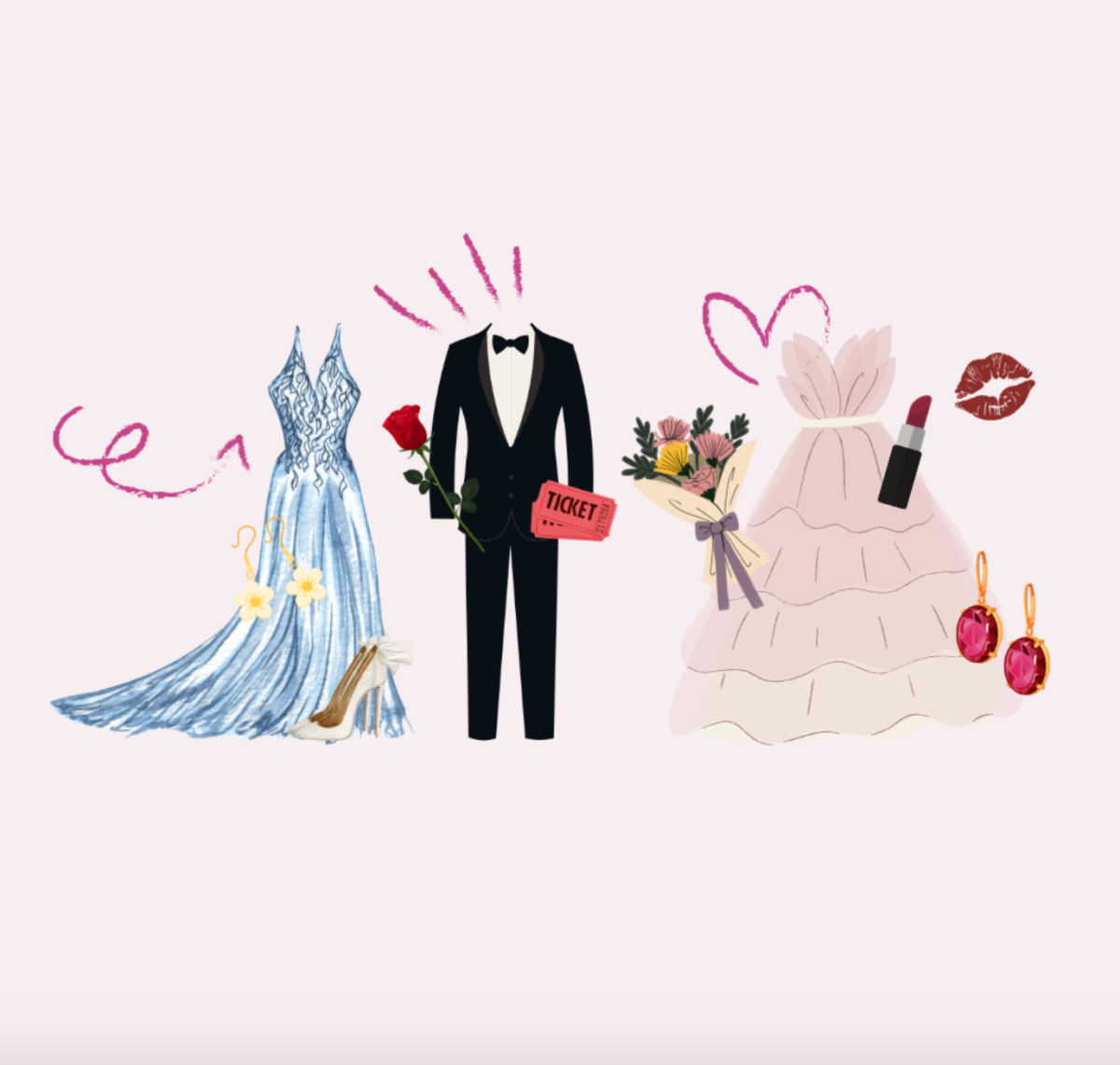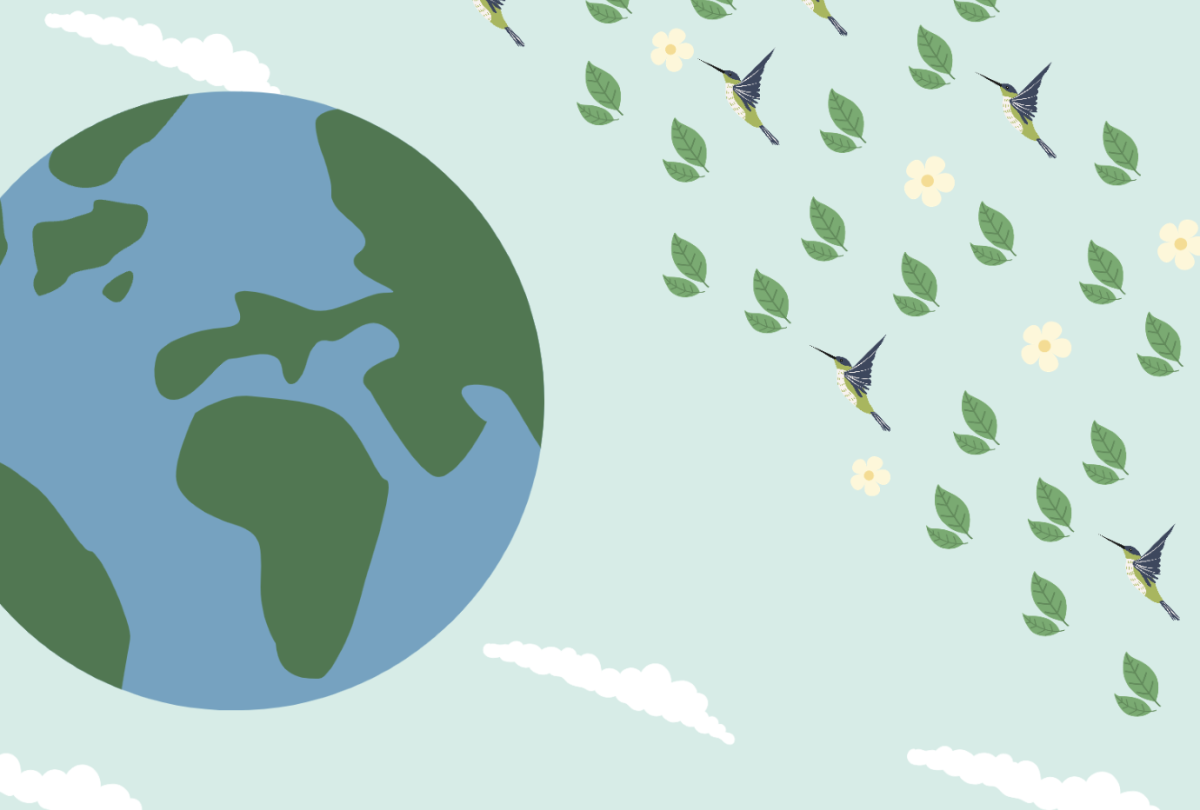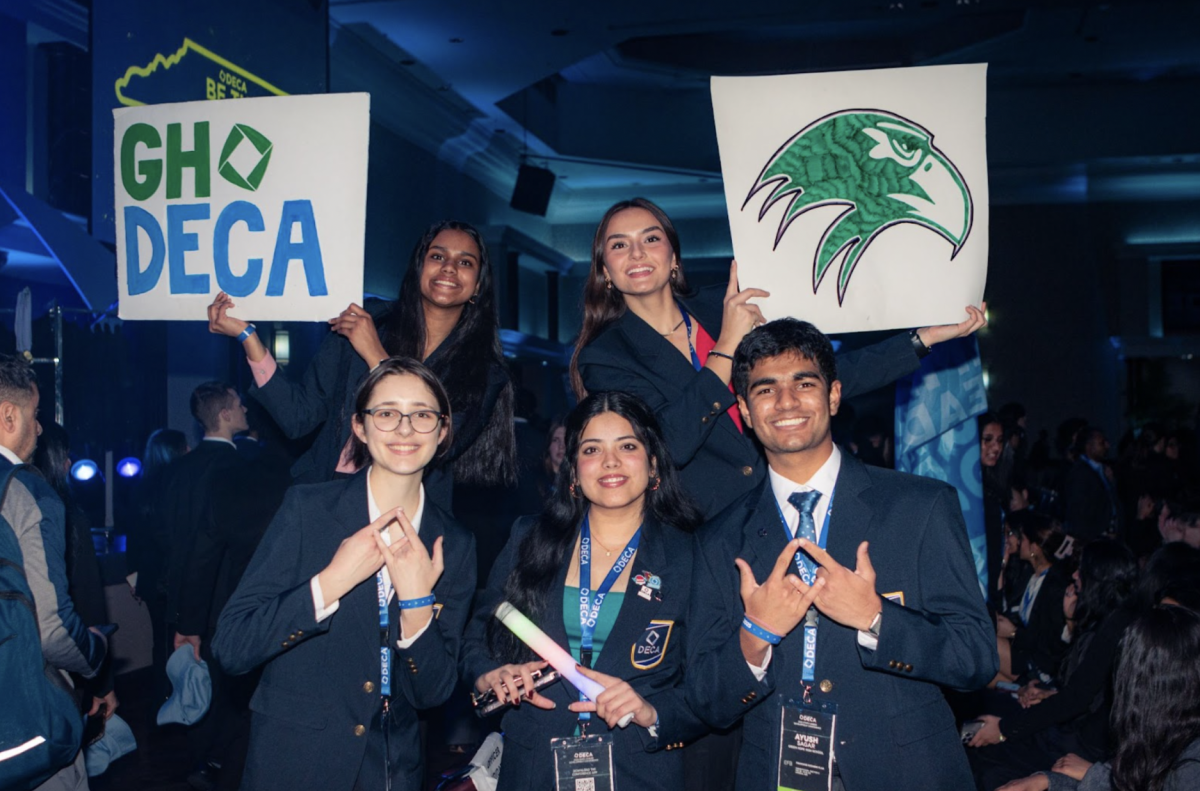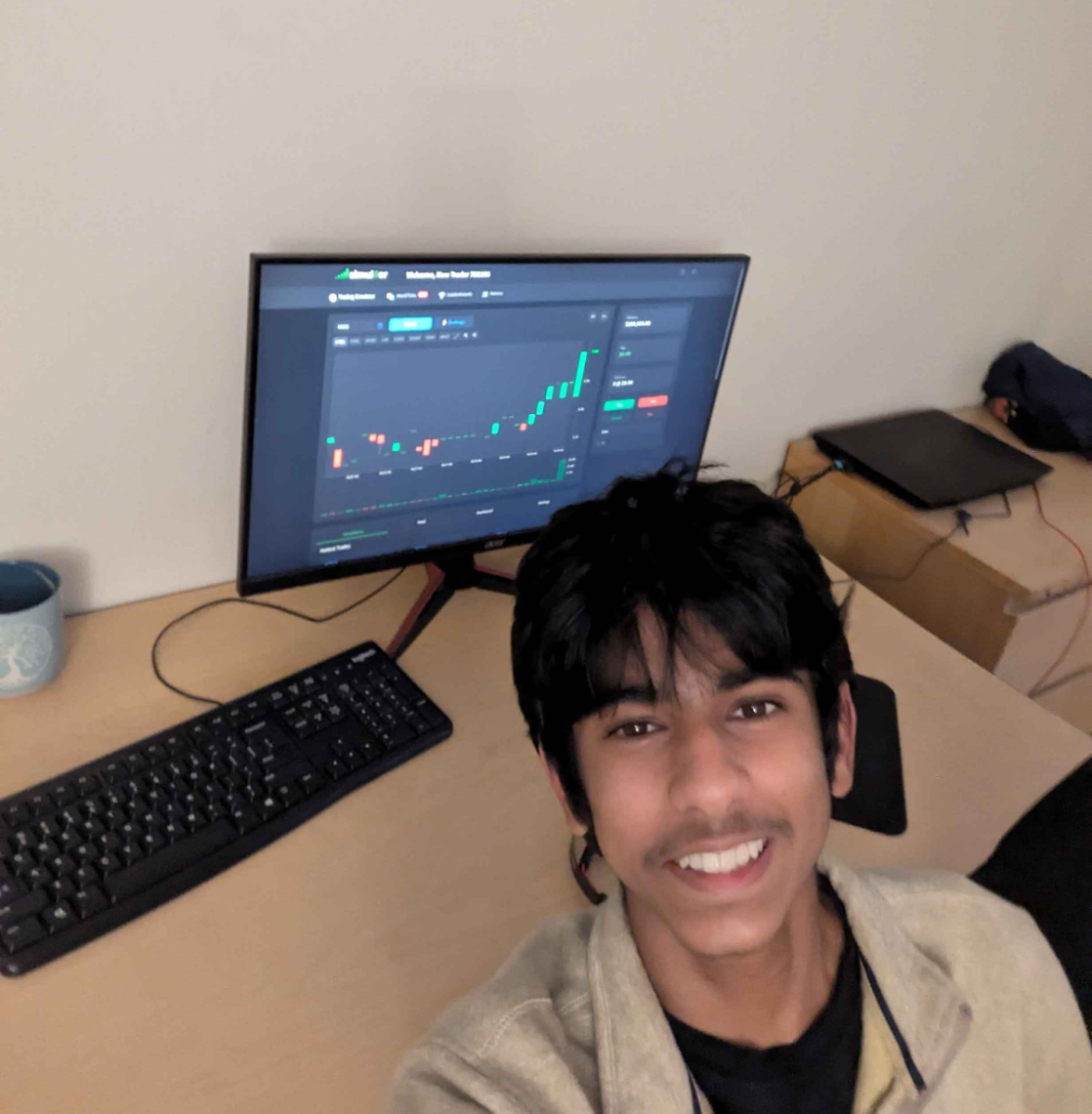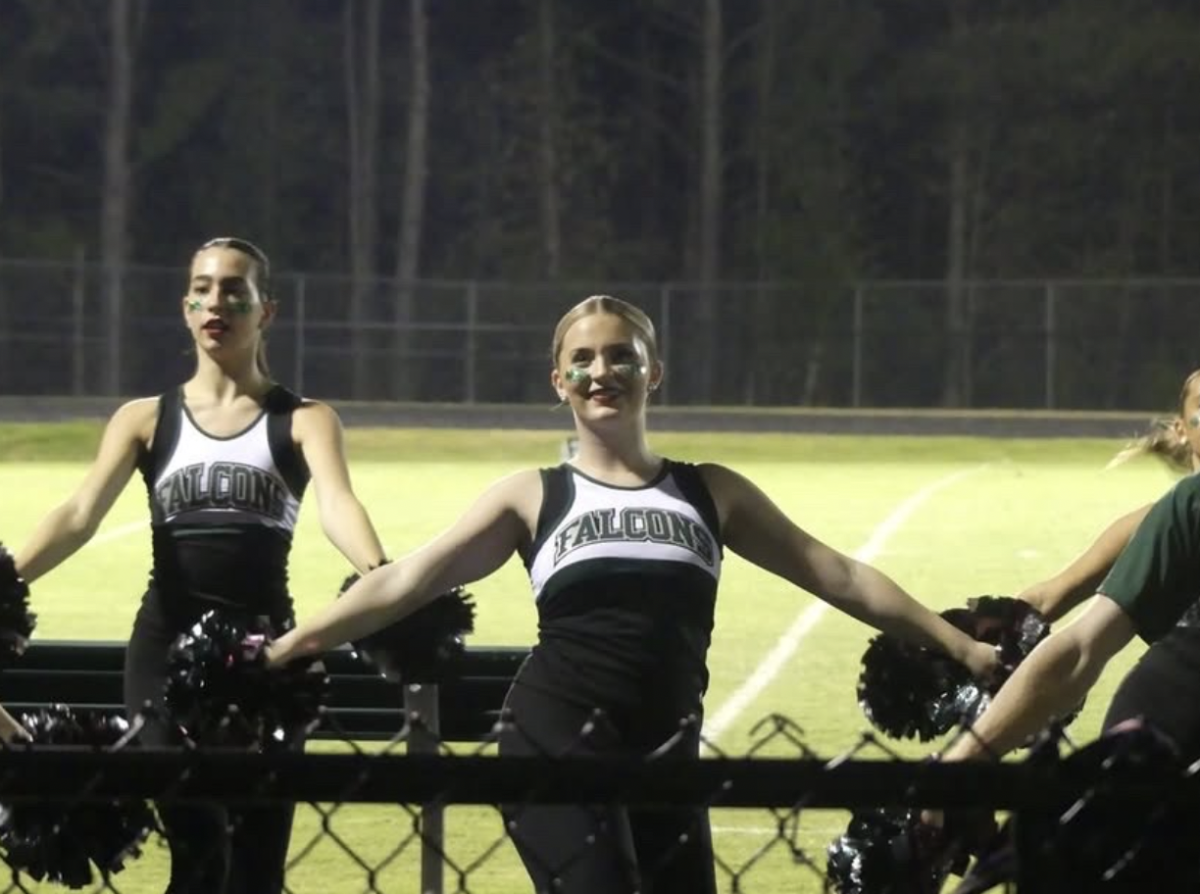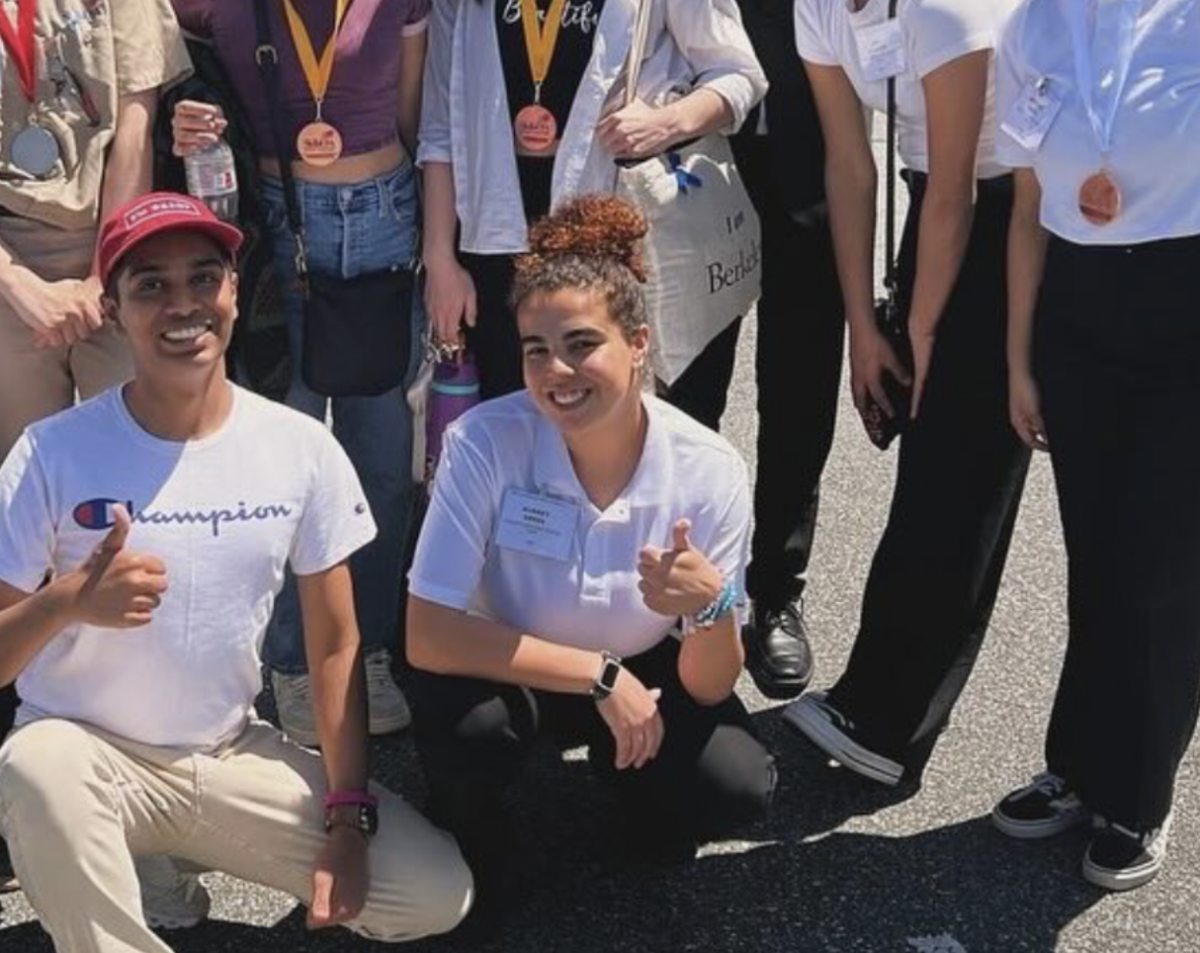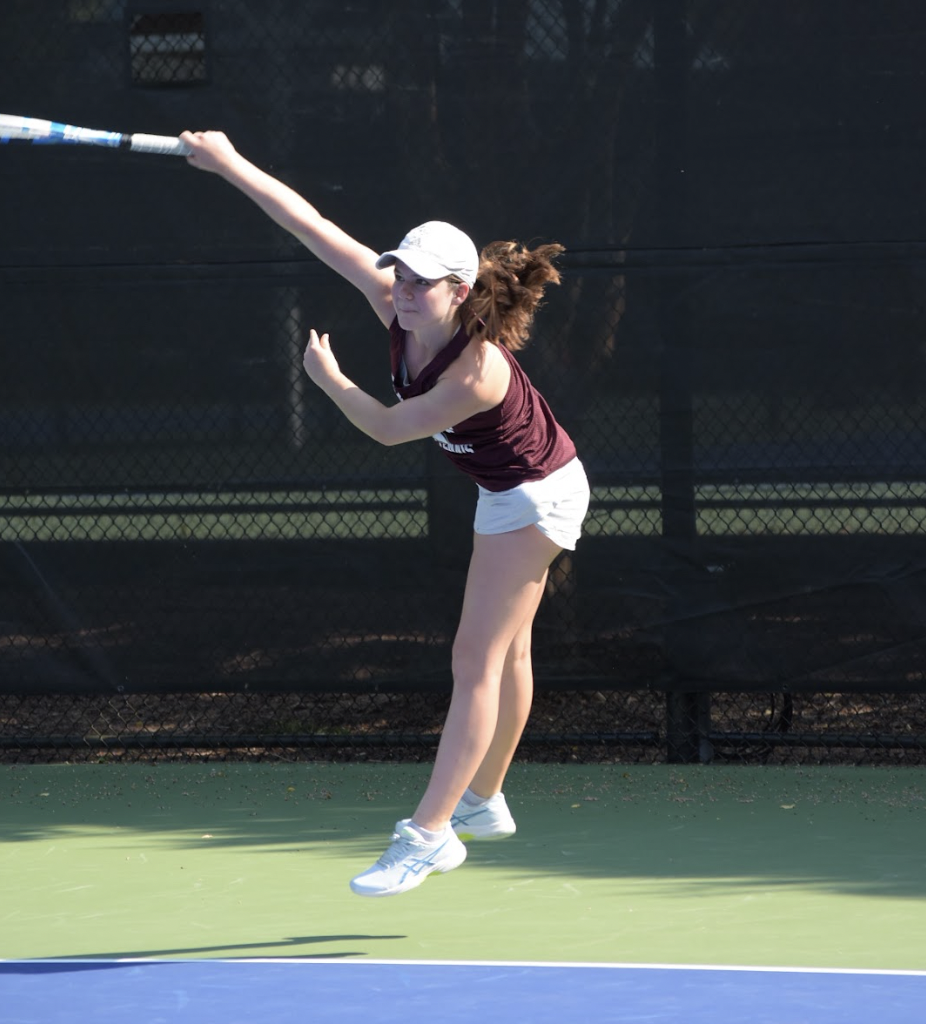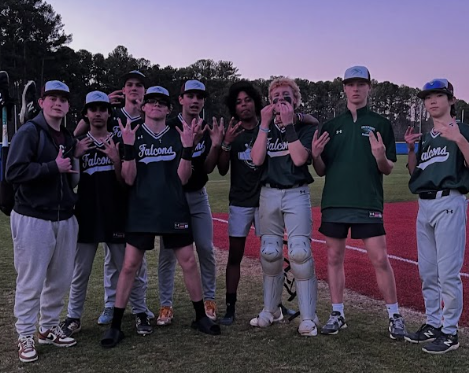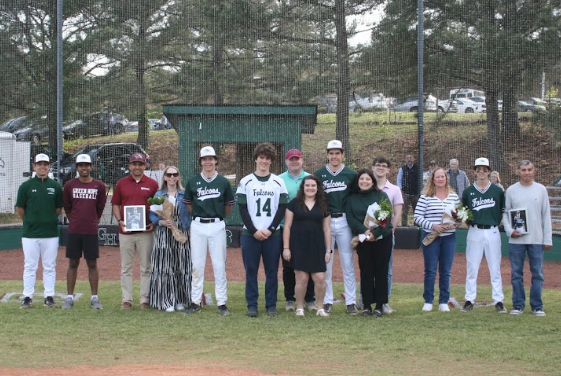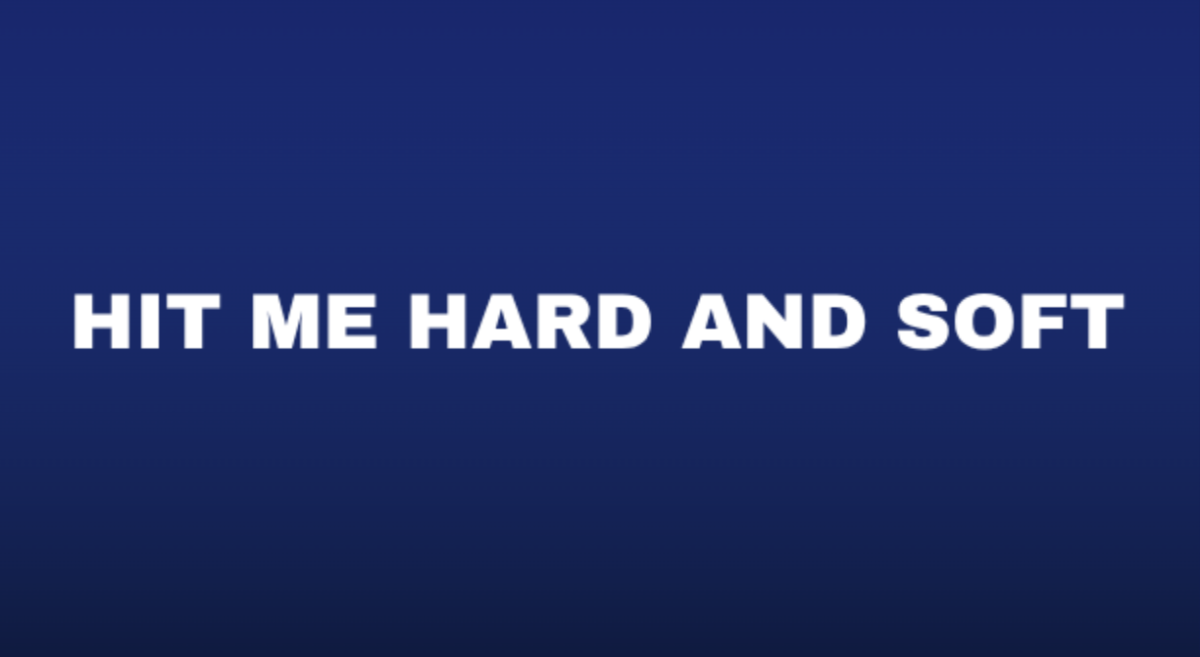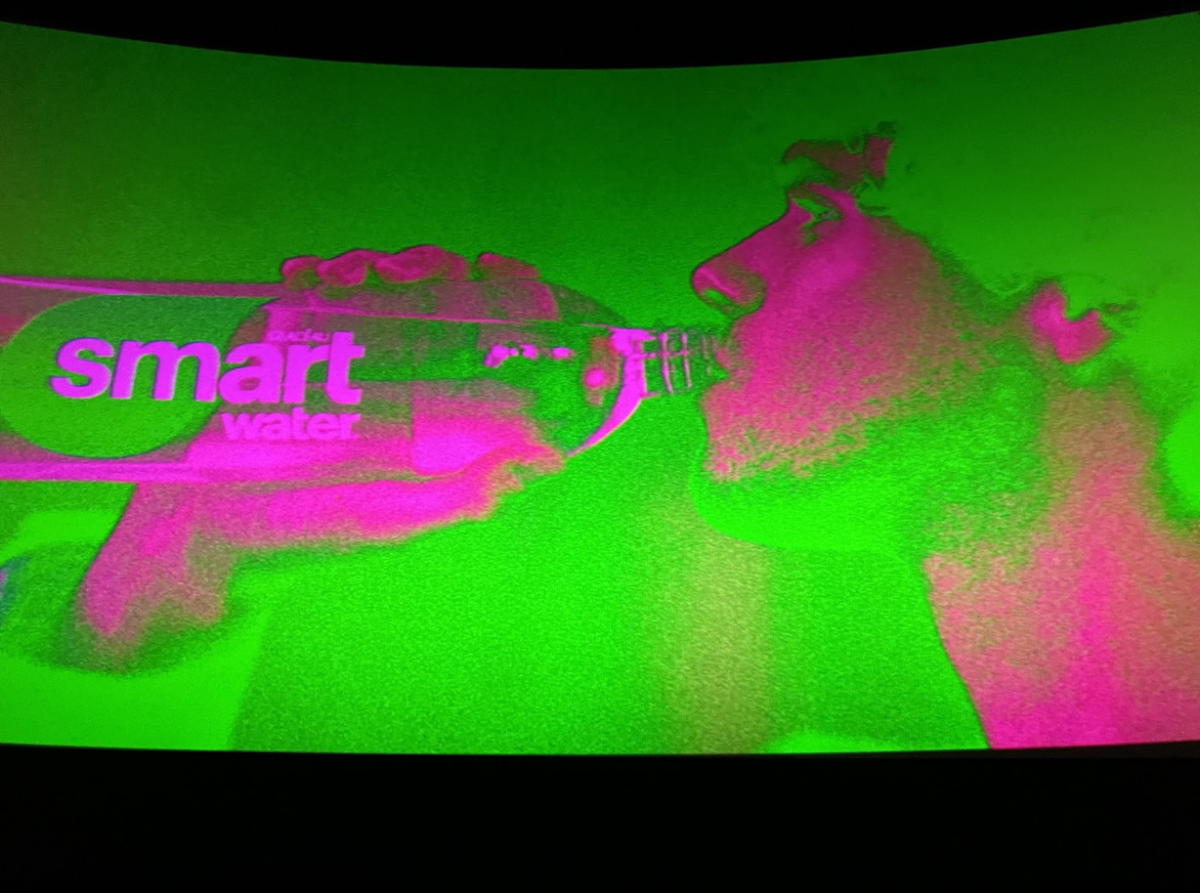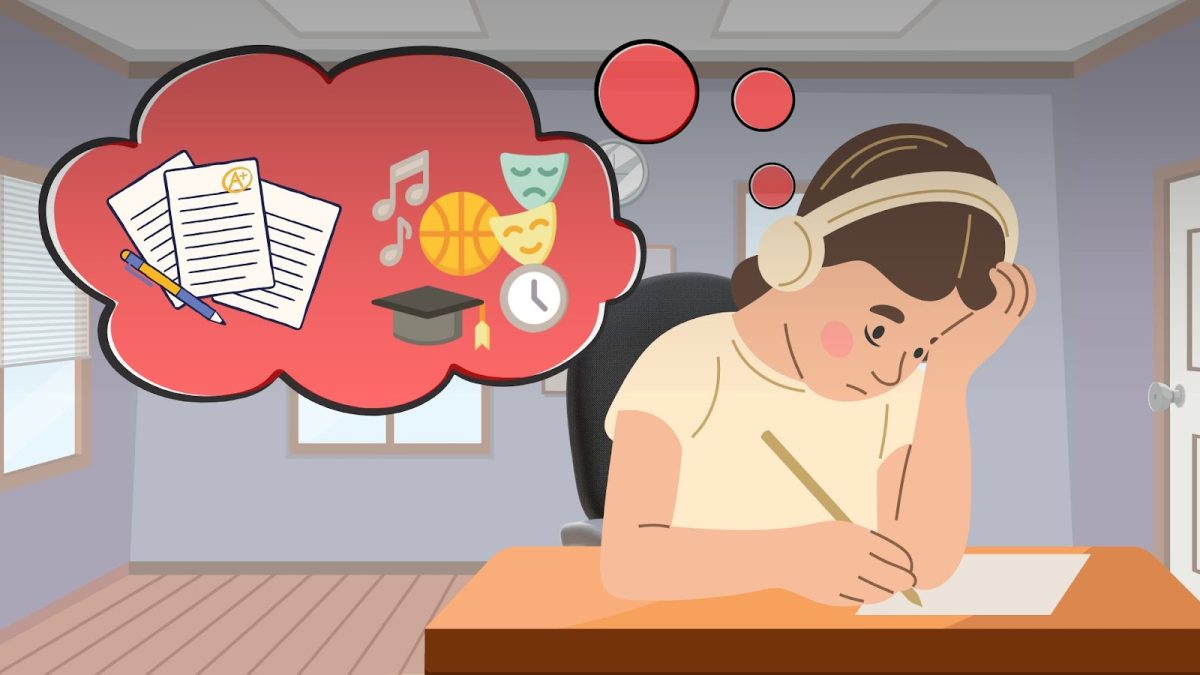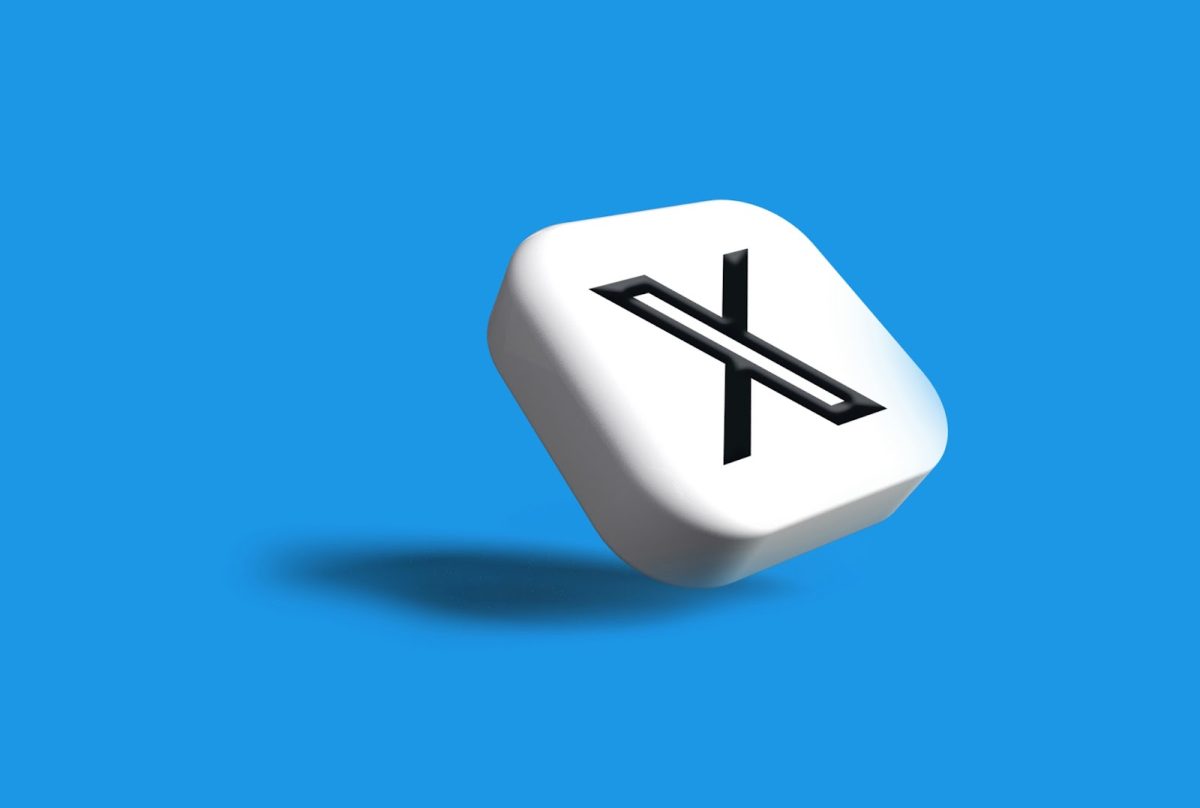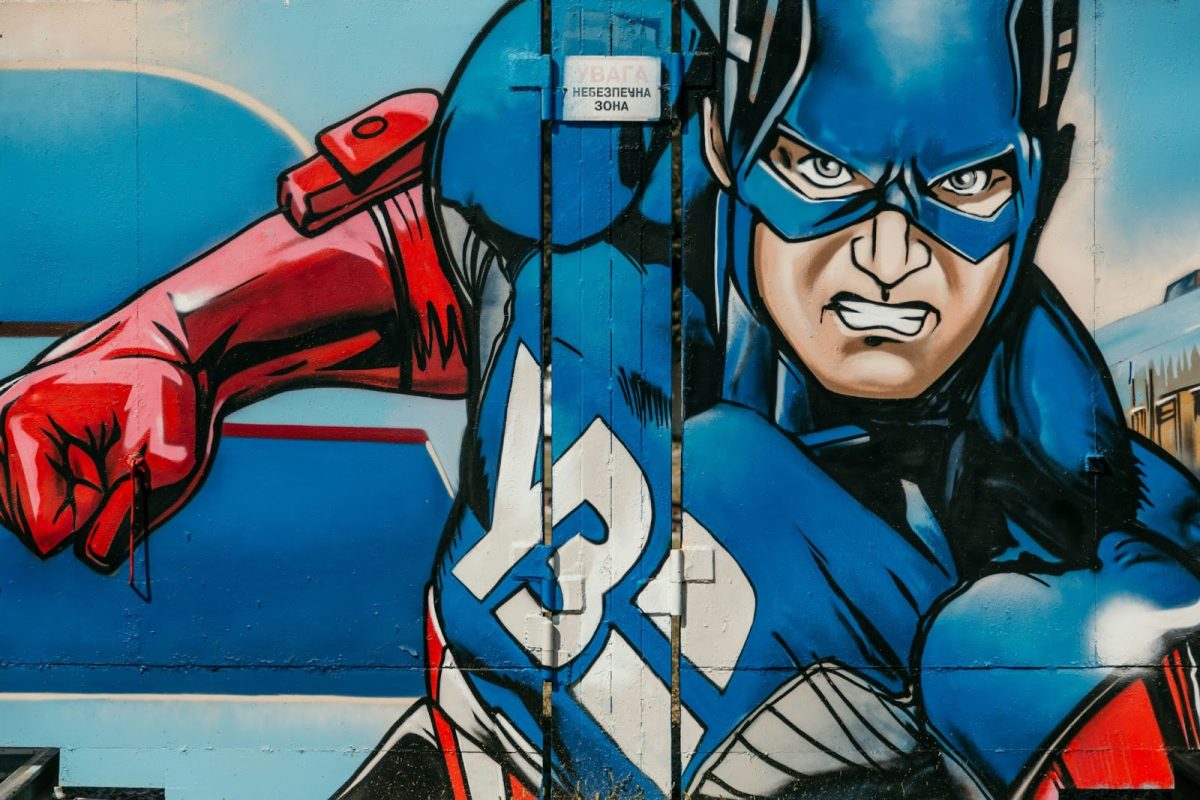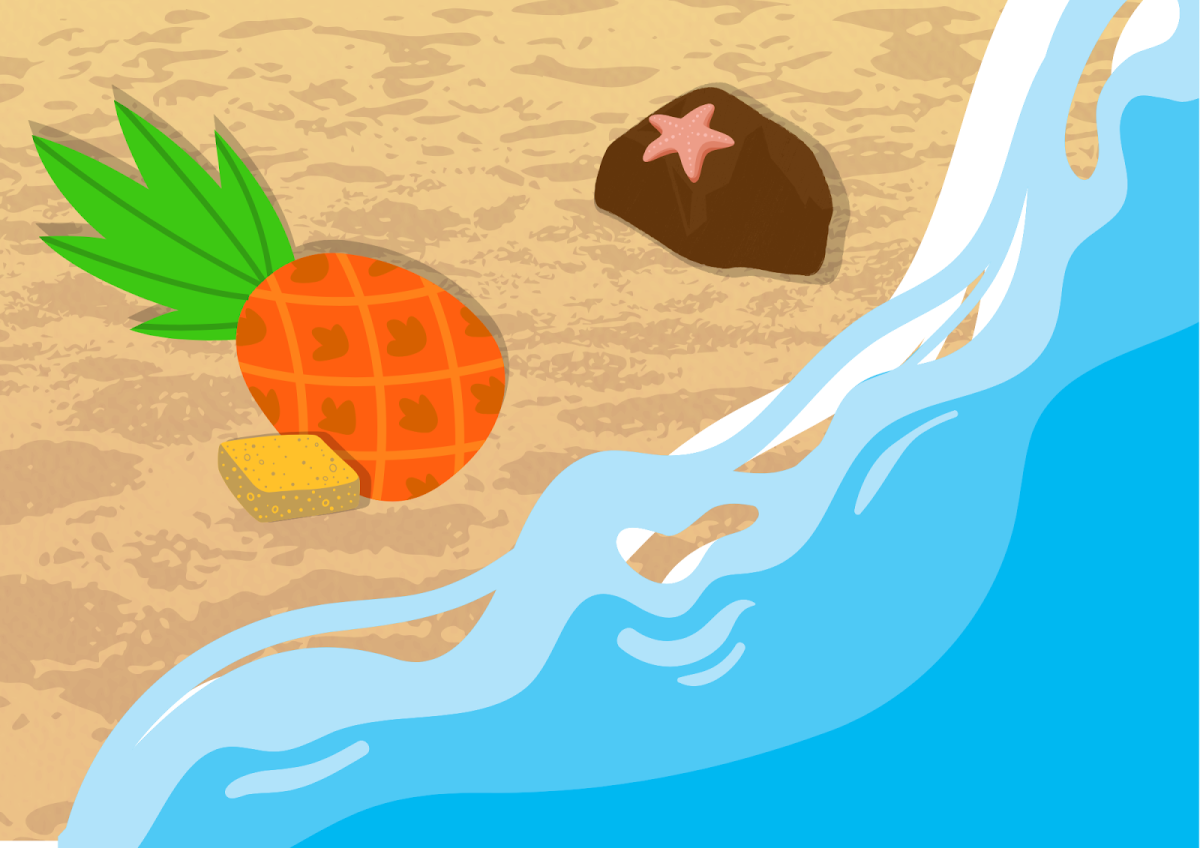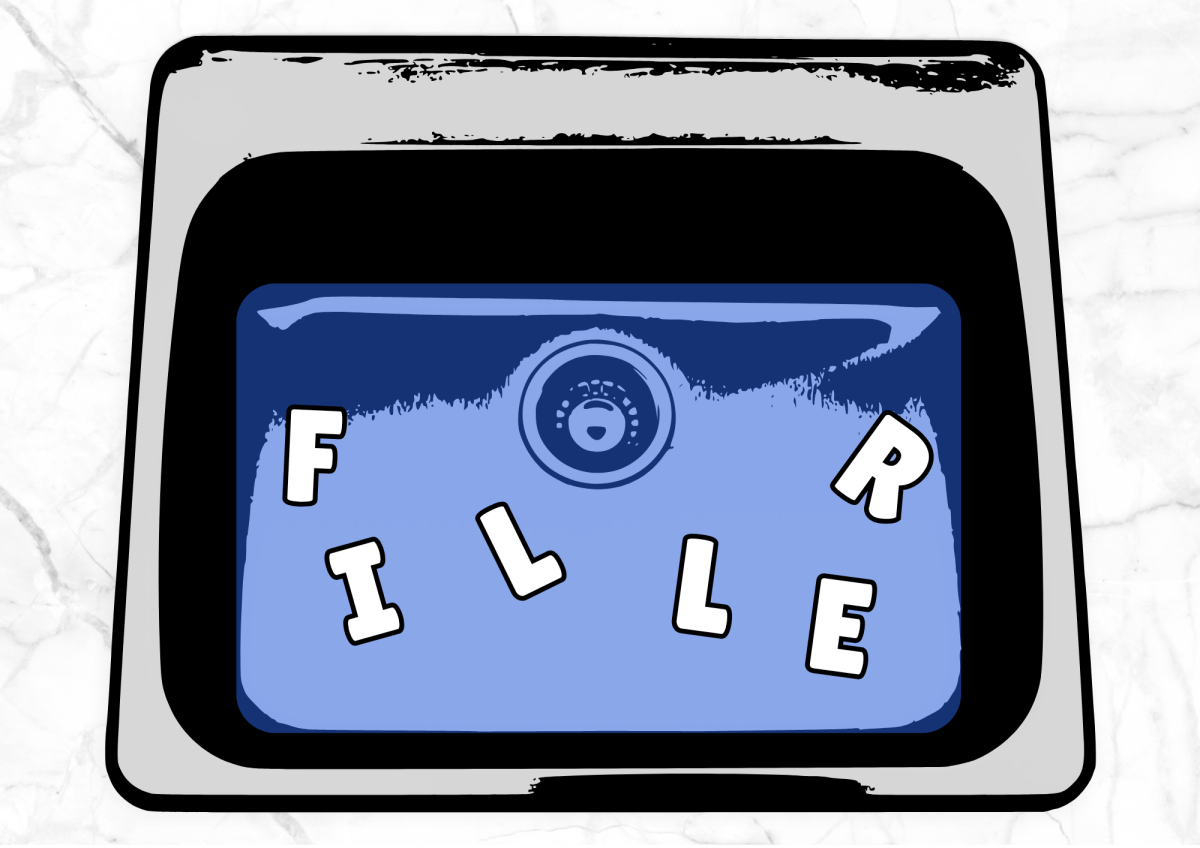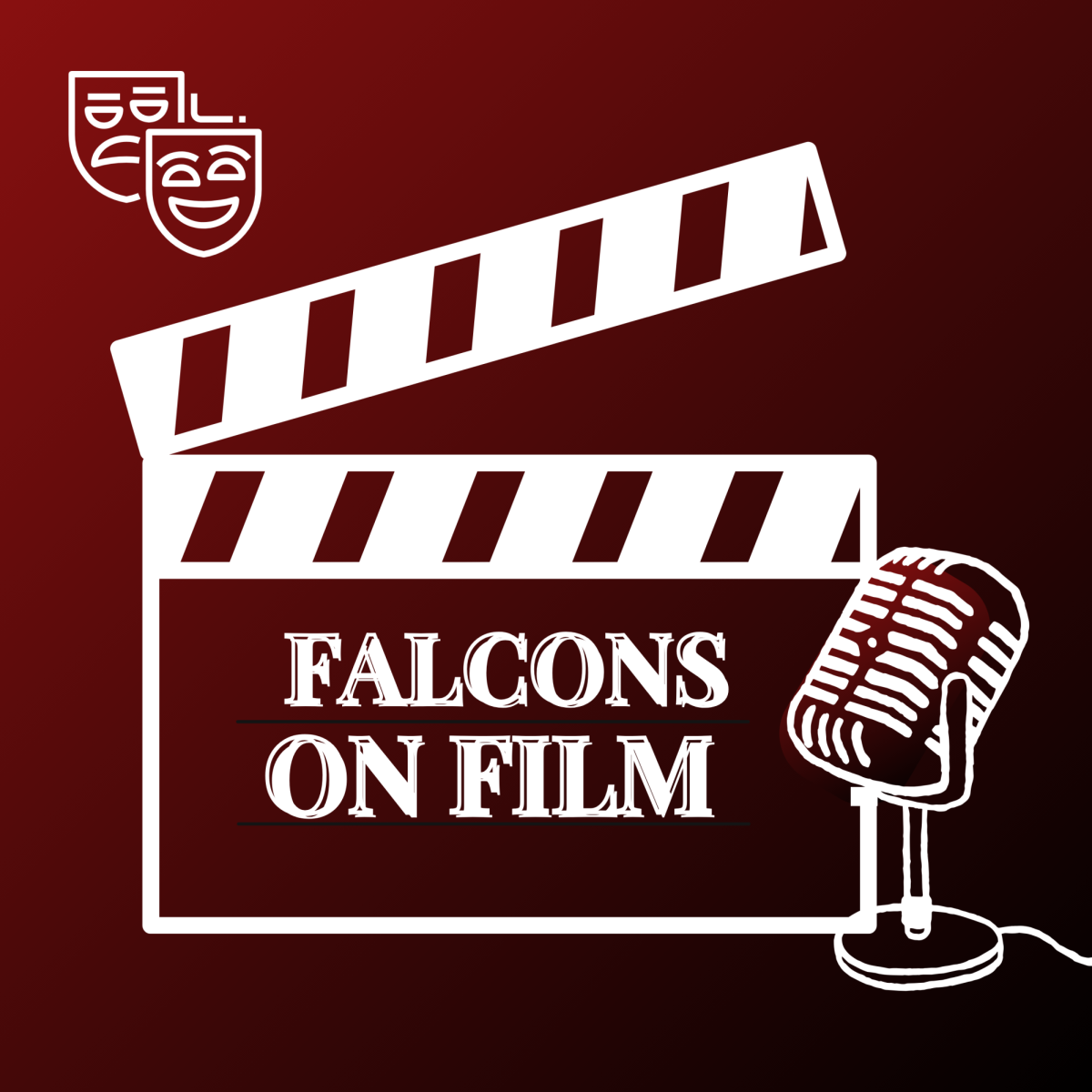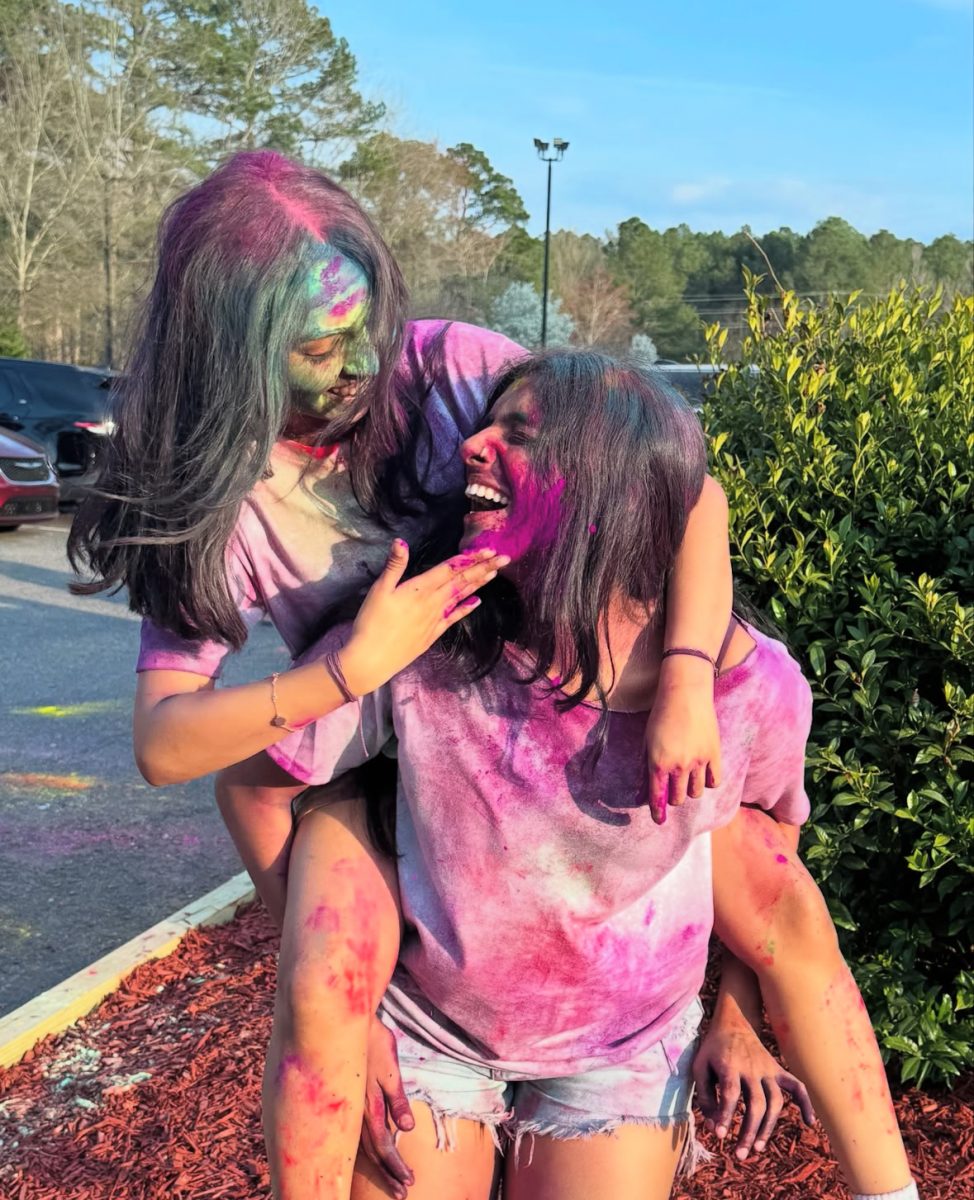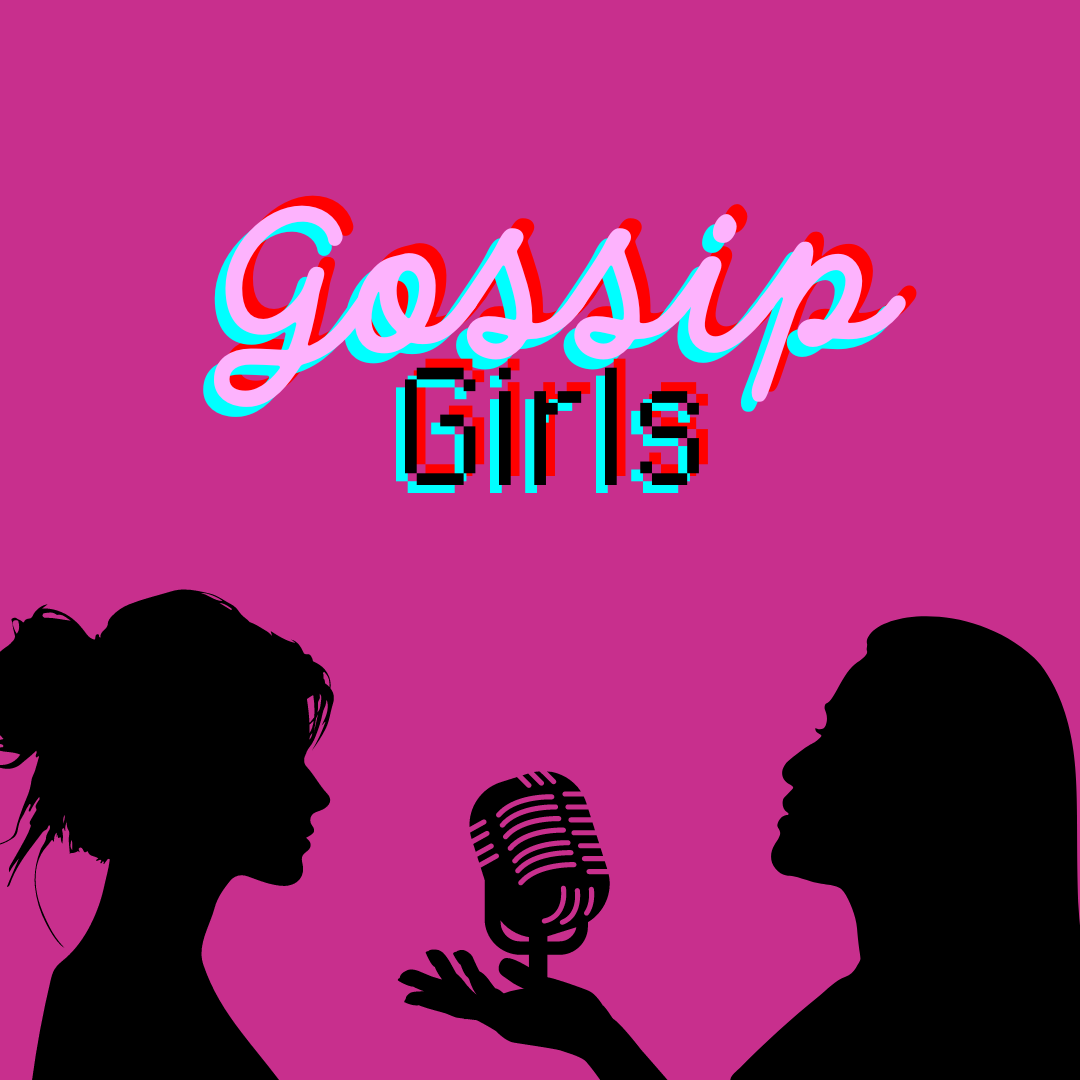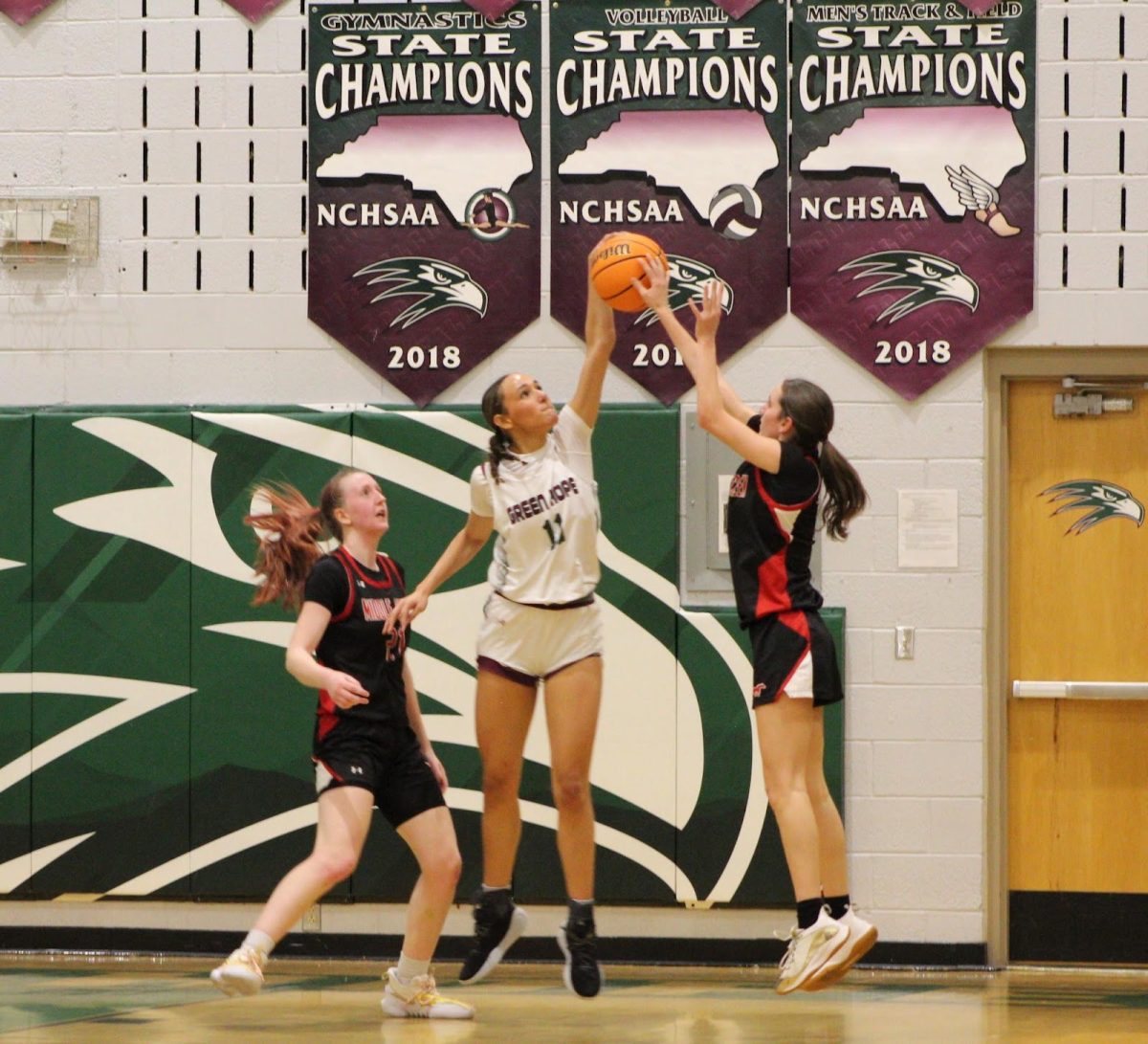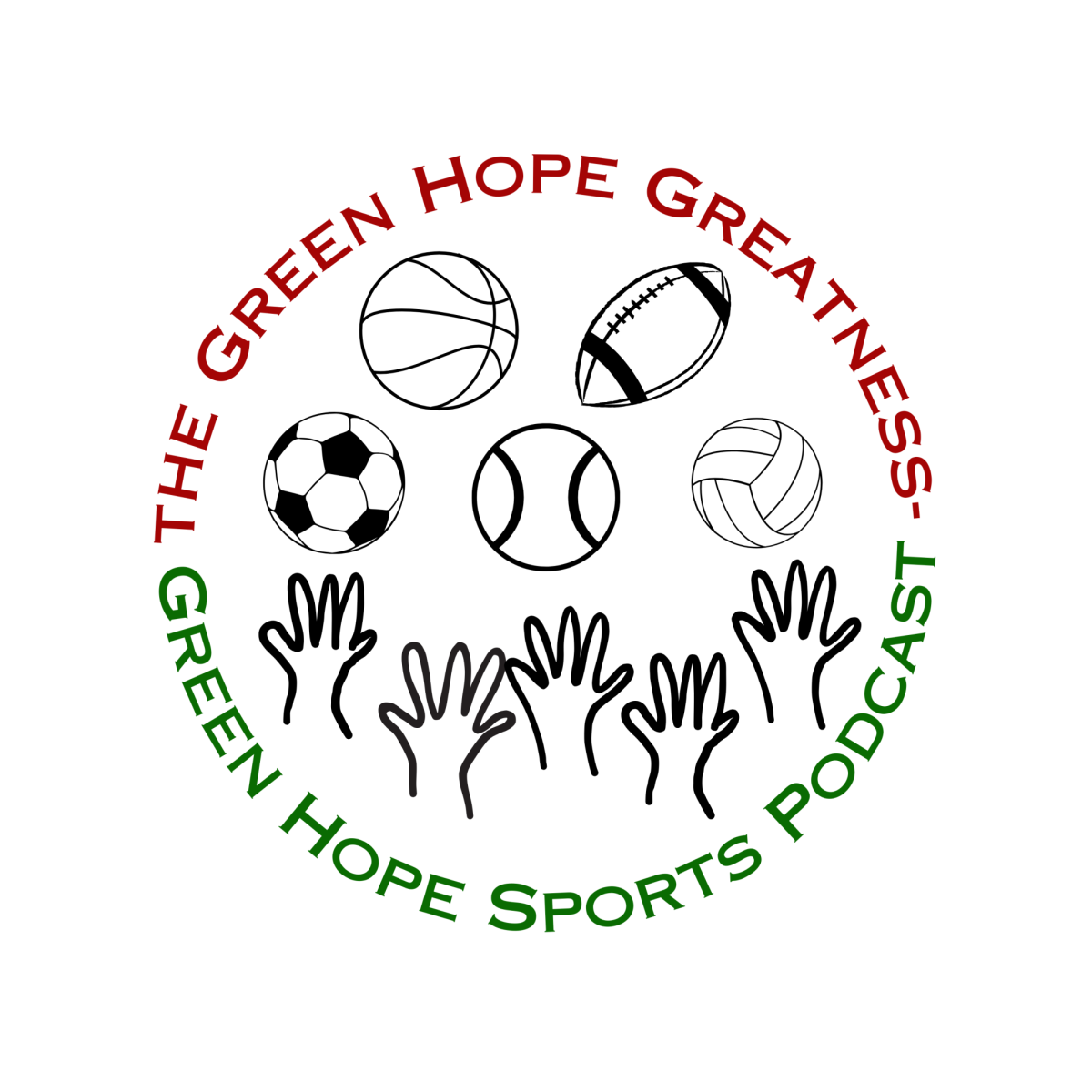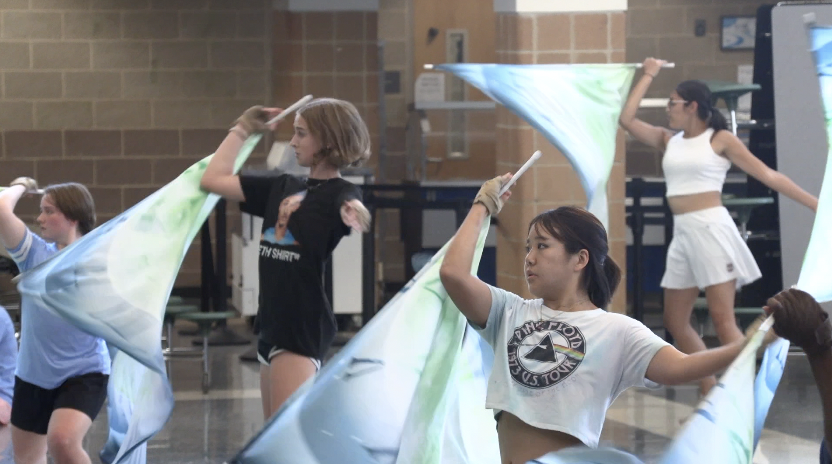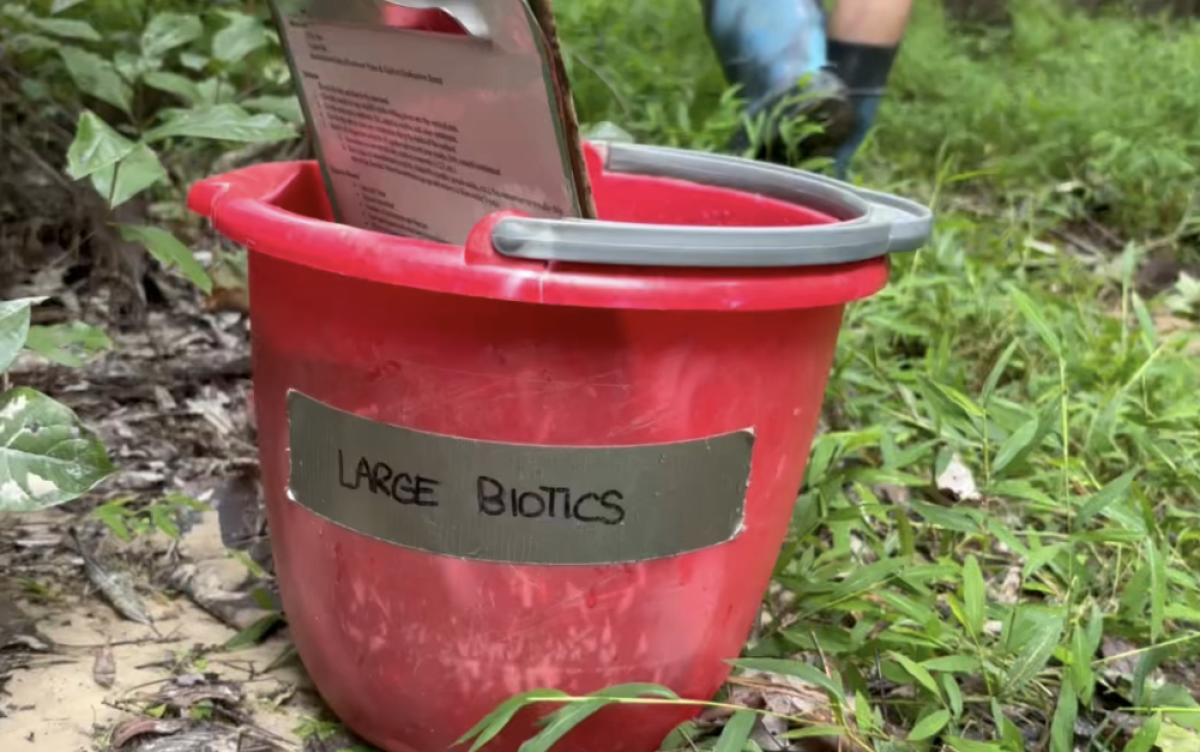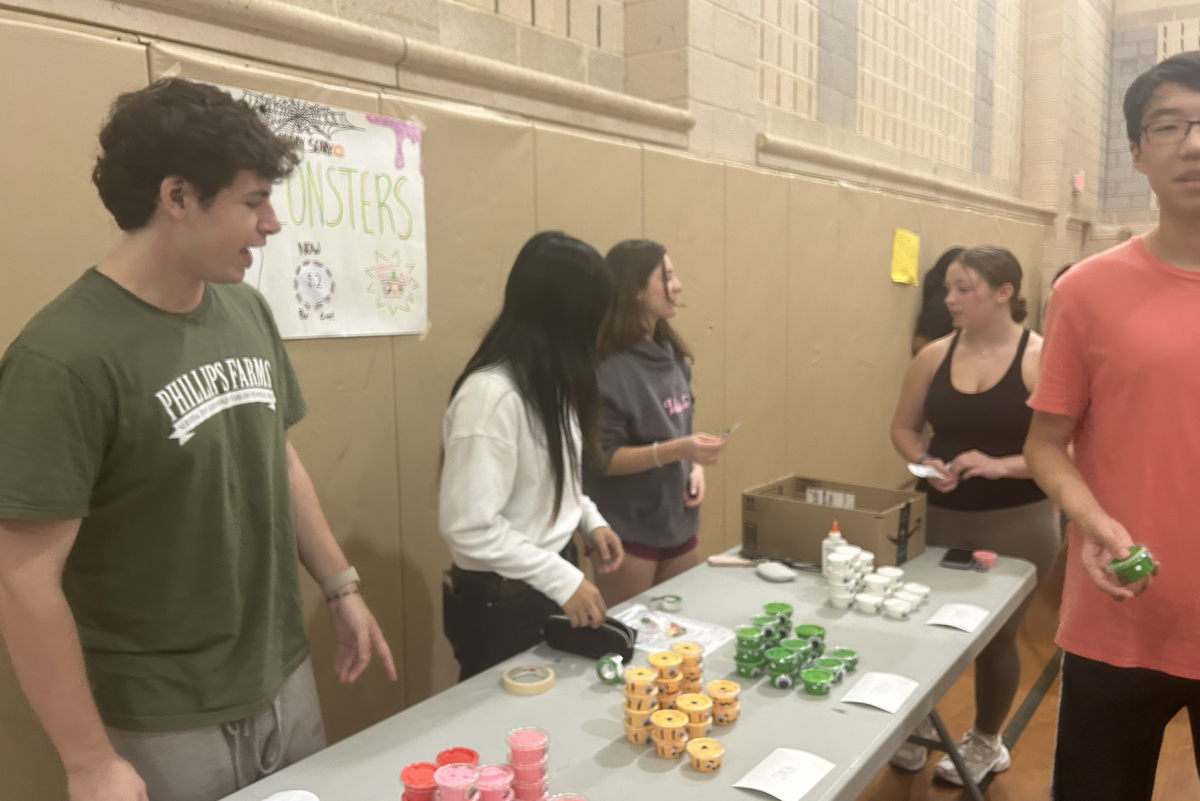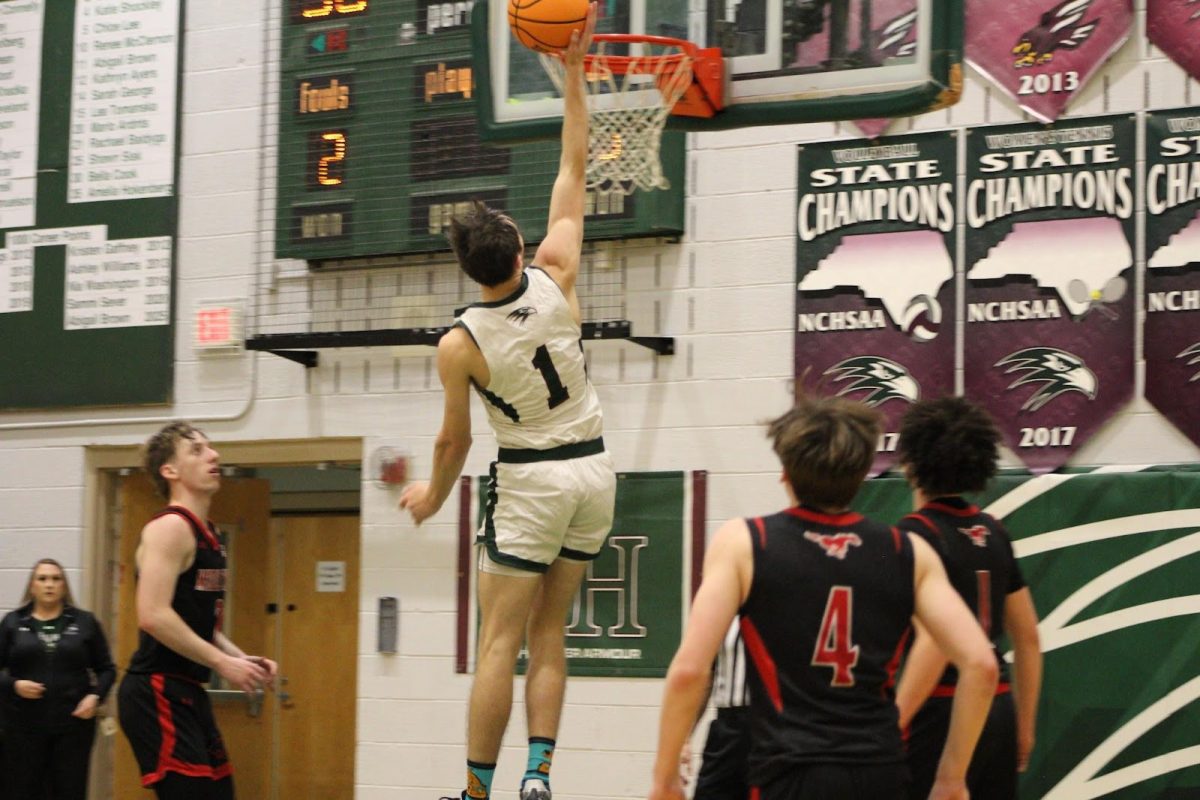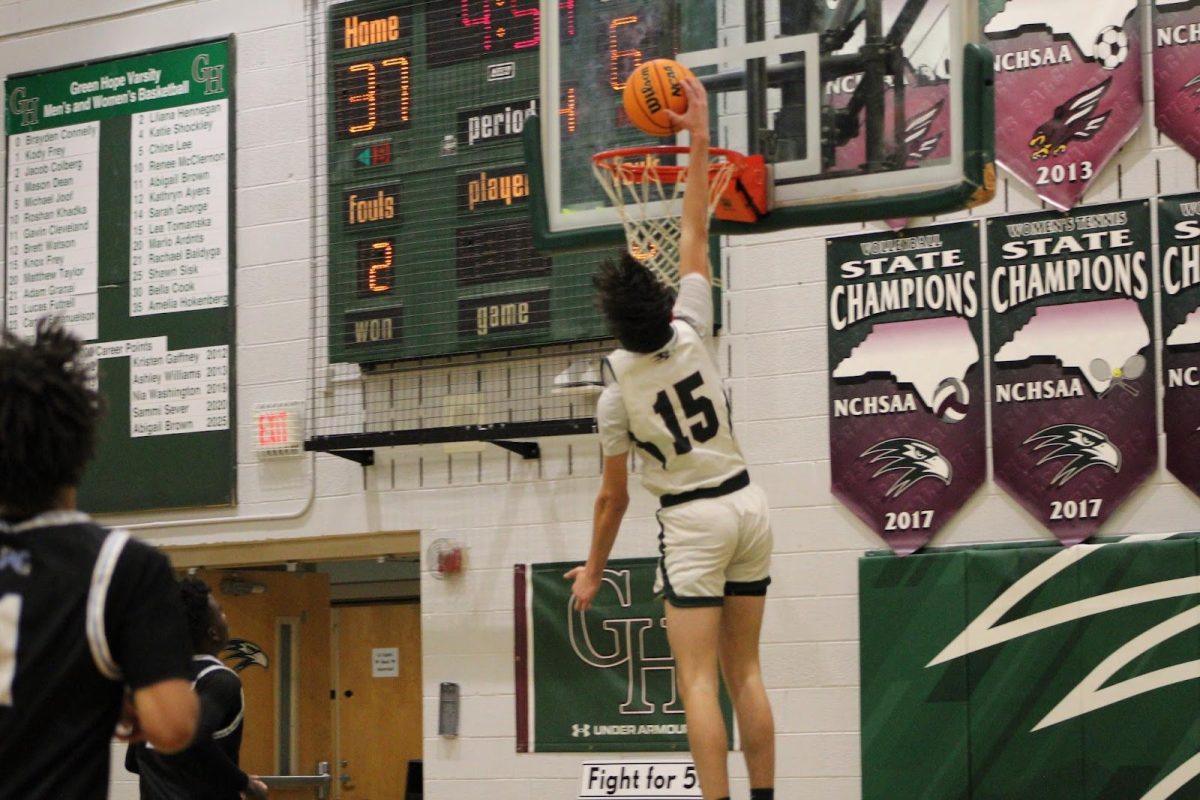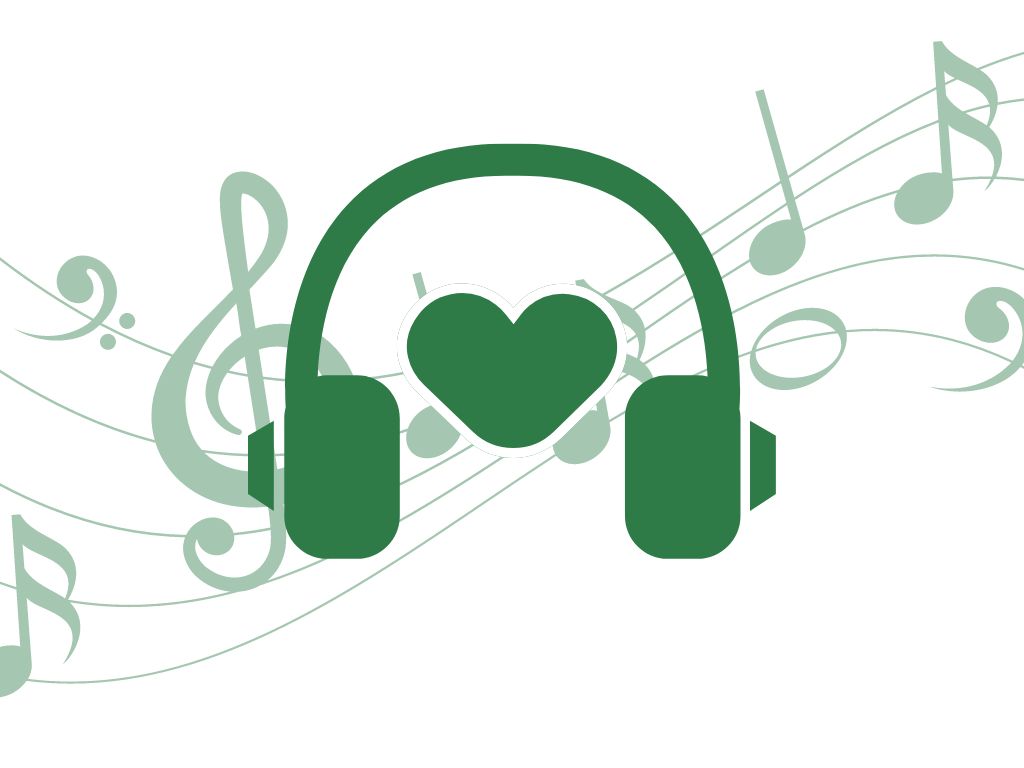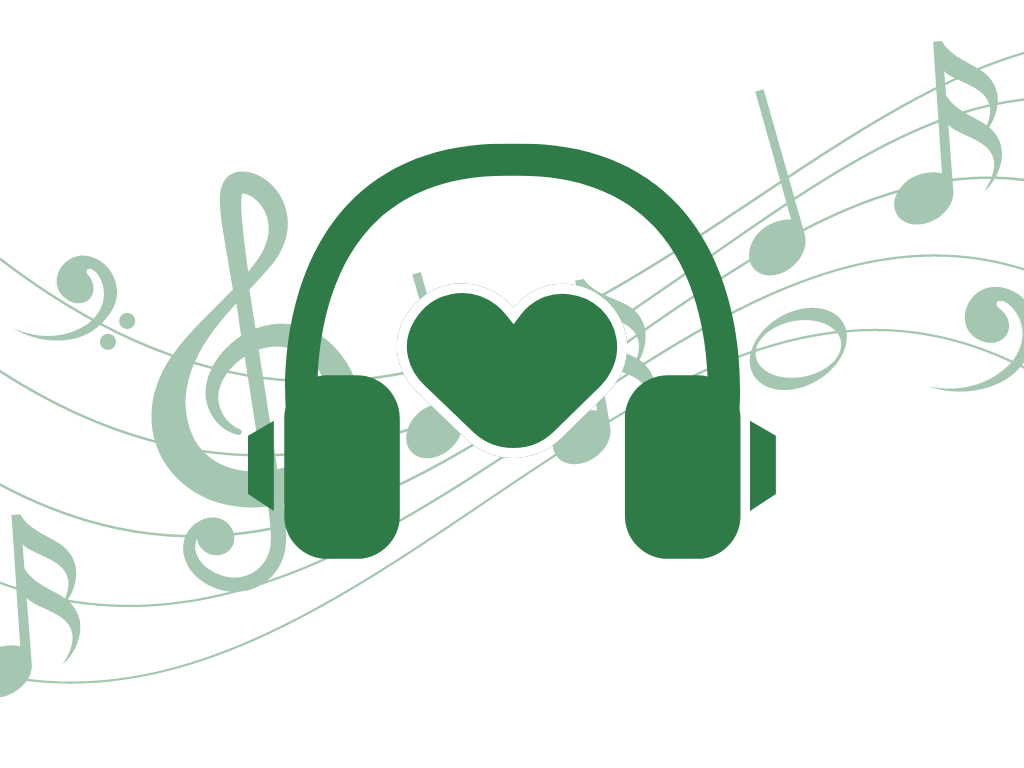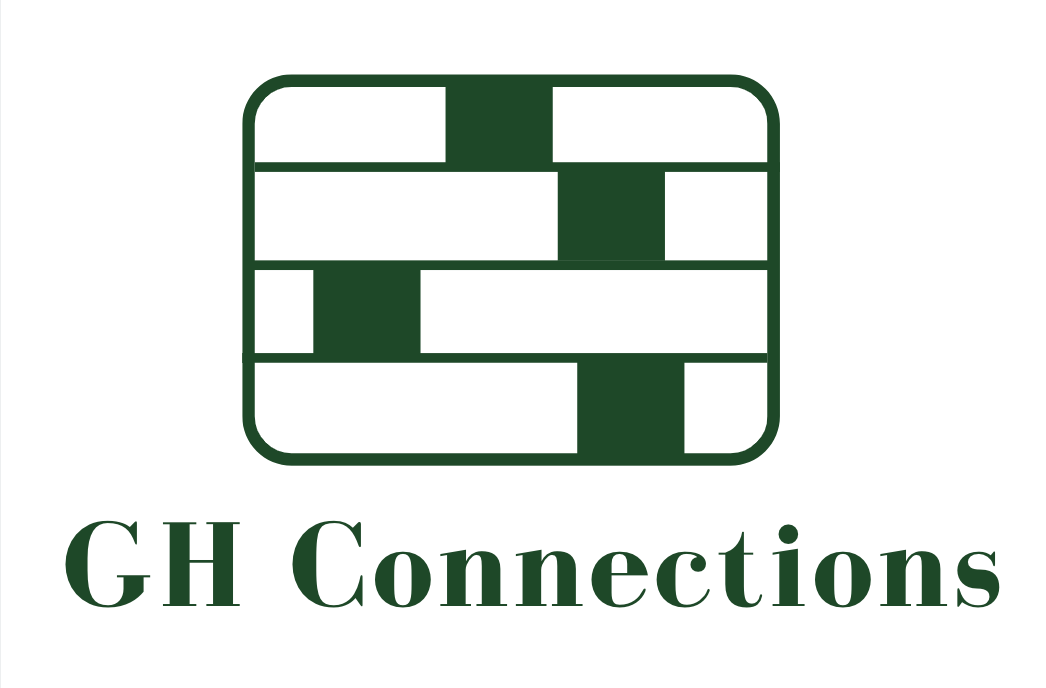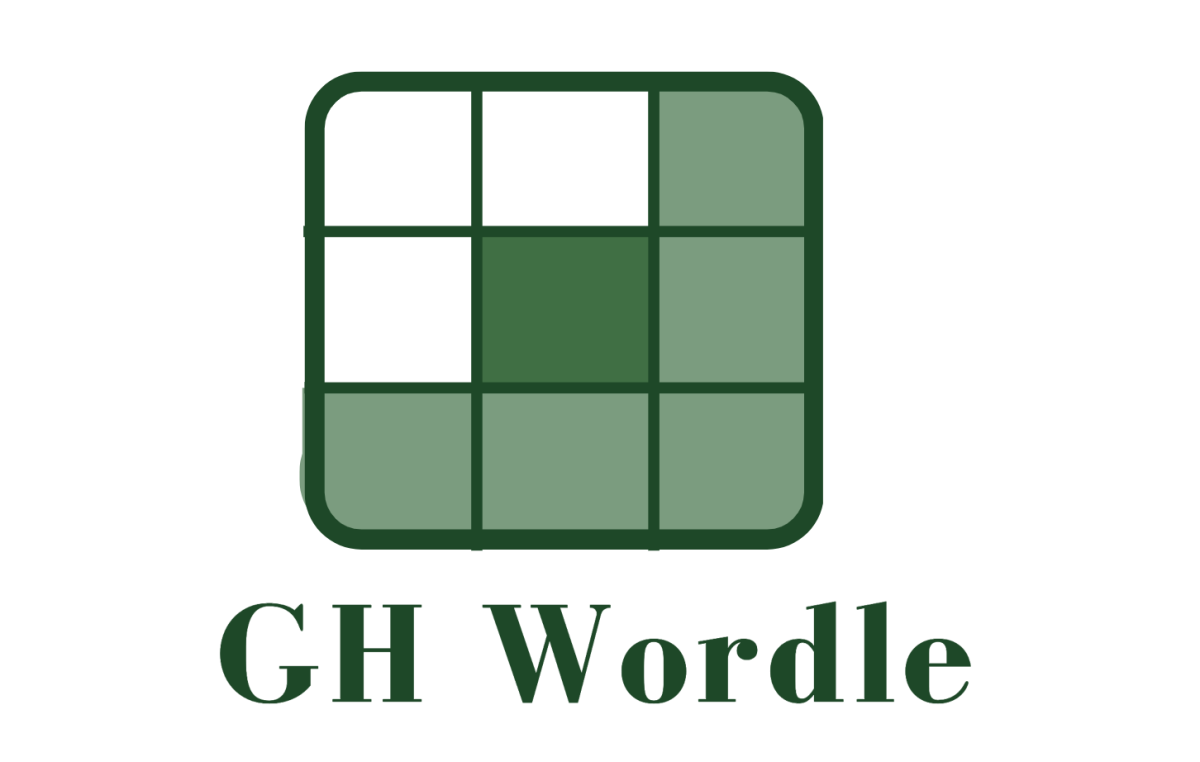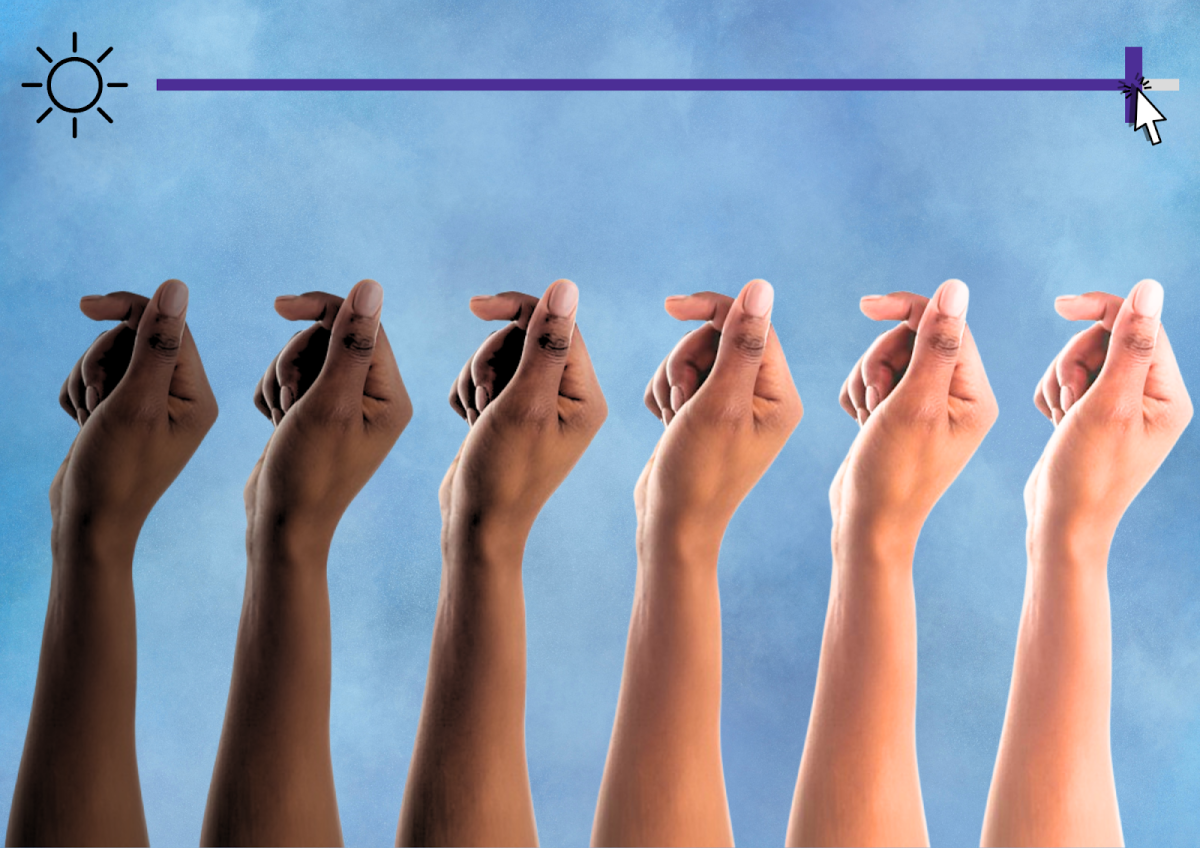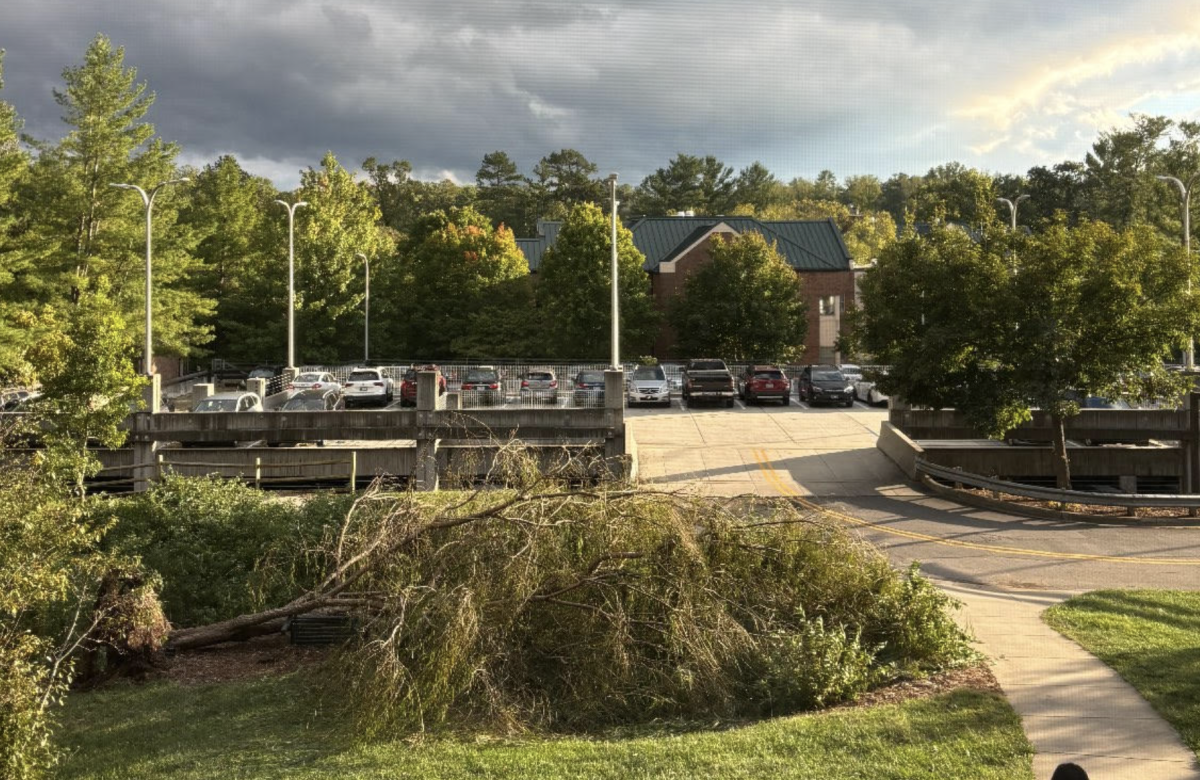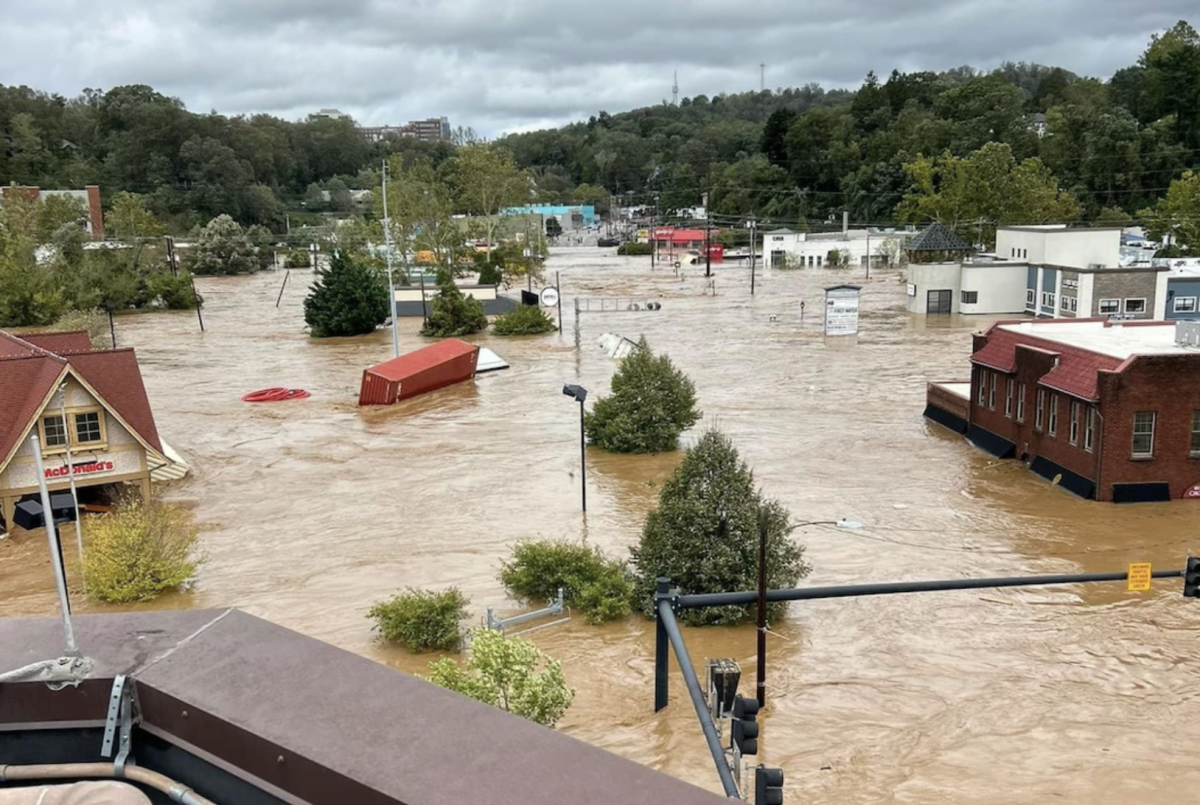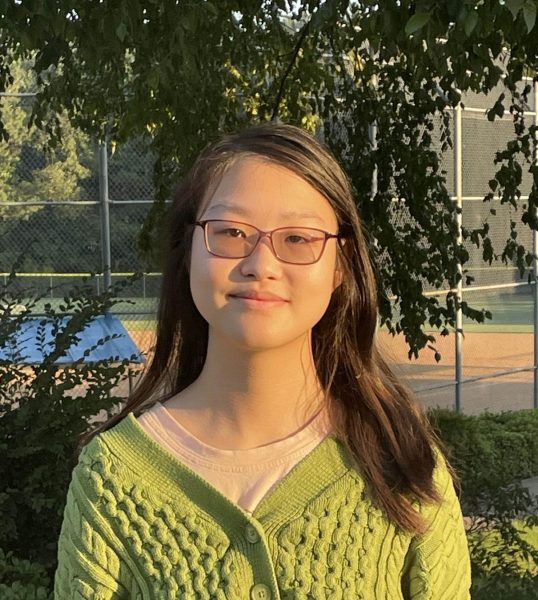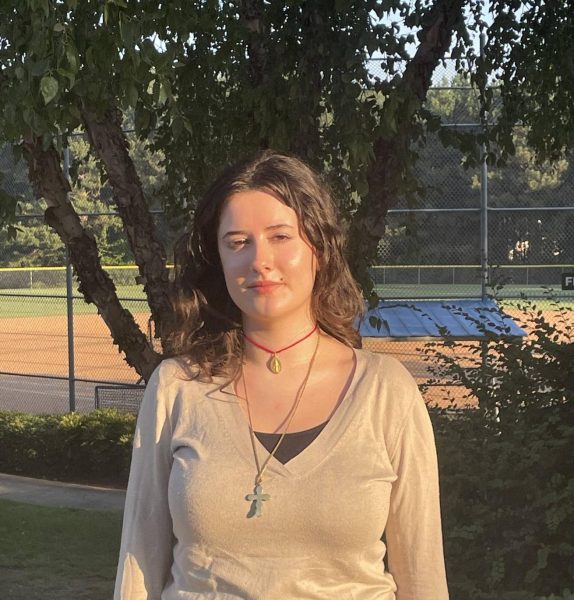AI art poses questions surrounding ethicality across various communities
Now able to create artwork just from a click of a button, artificial intelligence art (AI) is changing how art is being made.
December 21, 2022
As technology advances, so too does artificial intelligence. The prevalence of artificial intelligence (AI) has only grown with time, and now it has made its way into the art community- both entertaining people and being used to exploit artists by stealing their work. The ethicality of such has sparked conversation across the world regarding art theft as well as the future of AI art.
In most programs, AI art is either free to generate or cheap to buy. This new technology not only advances the fields and history of digital art, but it also provides new perspectives on the future of art as well. AI art programs are used to analyze existing art or process entirely new pieces. The usage of this new technology continues to rise in popularity due to its large profitability, however, many have noted that it cuts out artists from the creative process.
AI art first began in the form of simple shapes in the 1950-1960’s when computers were first created. With time, the processing of AI art advanced further in the 1980s and 1990s to create abstract paintings of humans, plants and rocks.
Today, AI art is generated through machine learning. Certain images or words can be inputted to enable AI to retrieve data in order to create a new image. For many artists, this technique often leads to art theft as it returns a picture very similar to the original with a slight change to avoid copyright. With this, people can generate new pictures while replicating a specific art style such as those of Studio Ghibli and Picasso.
However, in thousands of reported cases, artists have not given consent for these programs to use their works to train their system. For many, this information is alarming, causing widespread concern. Though some artists have learned how to work in tandem with this new technology, AI art is turning the public’s eye towards technology-generated works over human ones. Many artists now claim they are losing profit from this invention.
Denouncing the use of AI generated art, artists who have been victims of art theft are fueling a heated debate via social media. While many support their notion, others continue to see AI art as a fun, generative pastime that is effective in use.
Advancing to a point where it can even create work in progress sketches, many artists are unable to prove that their art was actually done by hand. Thousands of other online users now claim the generative pieces to be their own without mentioning the use of generative programs and apps.
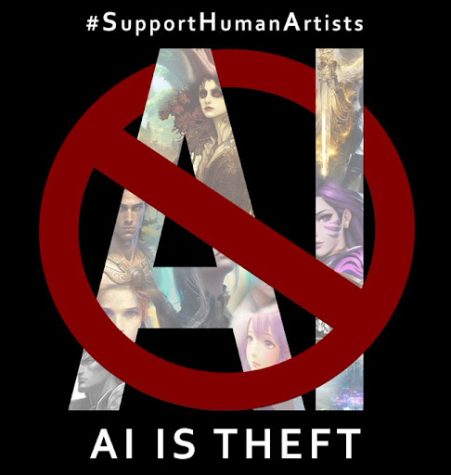
While many agree that these perpetrators should be stopped, thousands also see AI art as a revolutionary invention. At record speed, people can generate images through a handful of words. Others claim that AI art is no different from human artists referencing pieces and are now defending the use of this technology.
Thousands of artists online are now uniting together to put an end to this form of acclaimed art theft, creating the #notoaiart and #humanart hashtags on social media. They hope to both actively protest the use of AI art as well as bring awareness to the ongoing issue.
Throughout it, many have gone as far as denouncing any use of AI art, but others say such an action would be too extreme due to the benefits of the form of art. Instead, various groups suggest that people be allowed to use the technology ethically but would like to see the end of these individuals profiting off of such strategies.
While the future of AI art remains ambiguous, artists across the world continue to take action to express their feelings surrounding the increase of technology in the art world.

